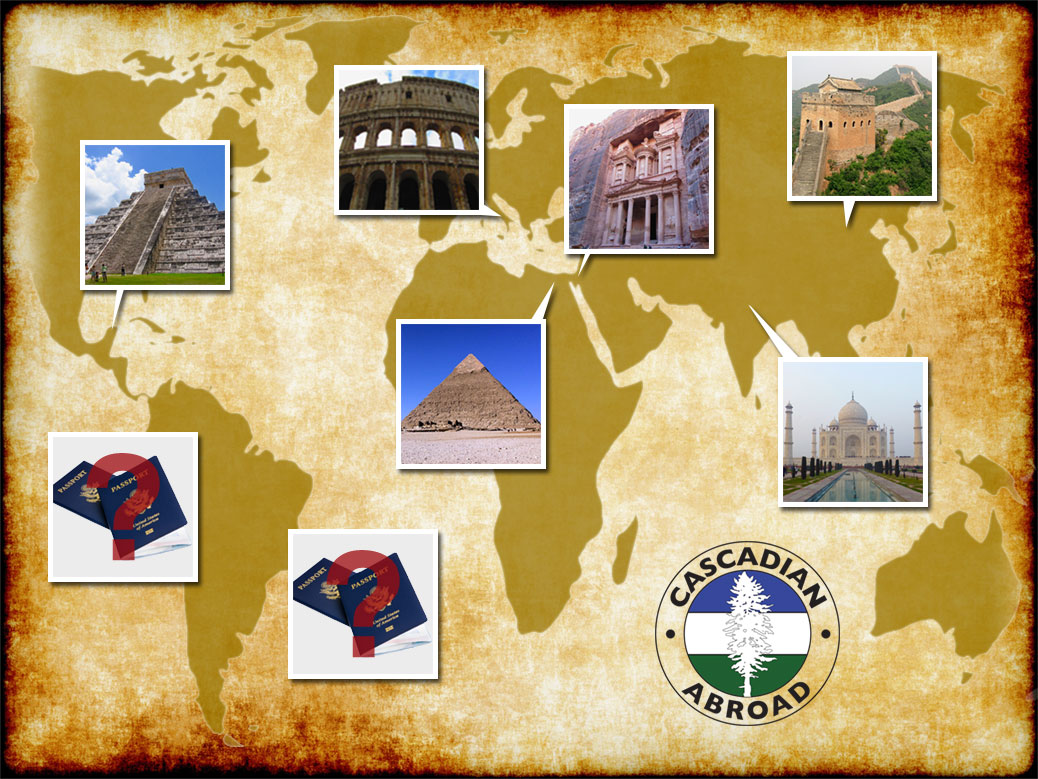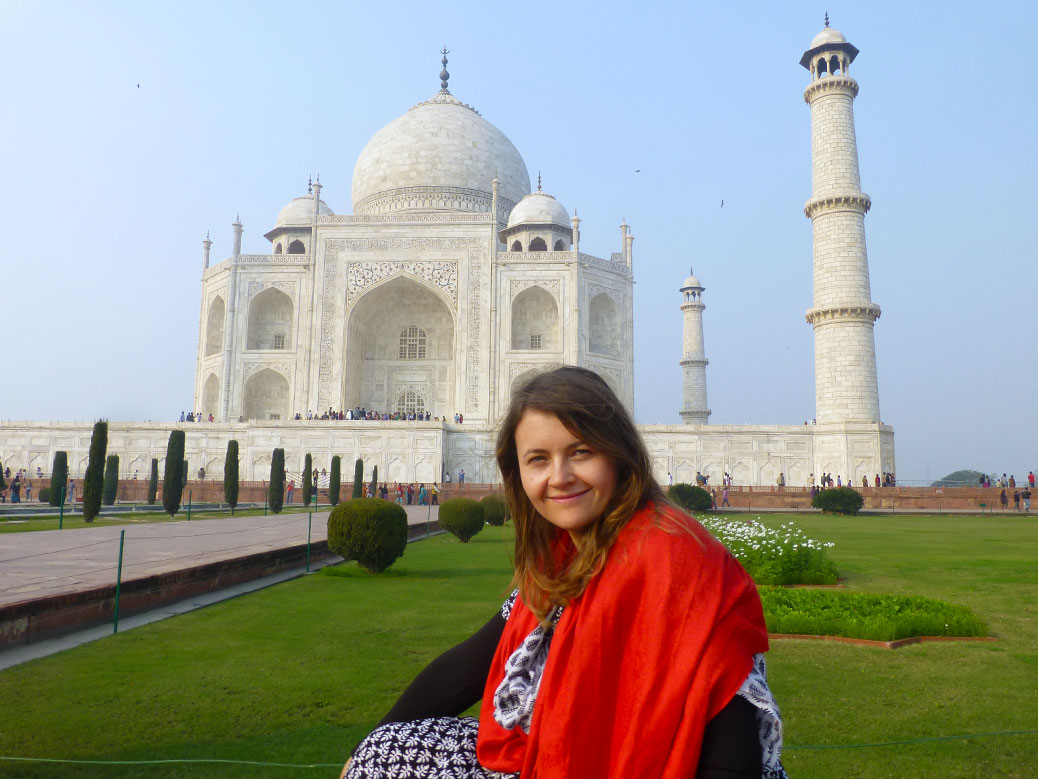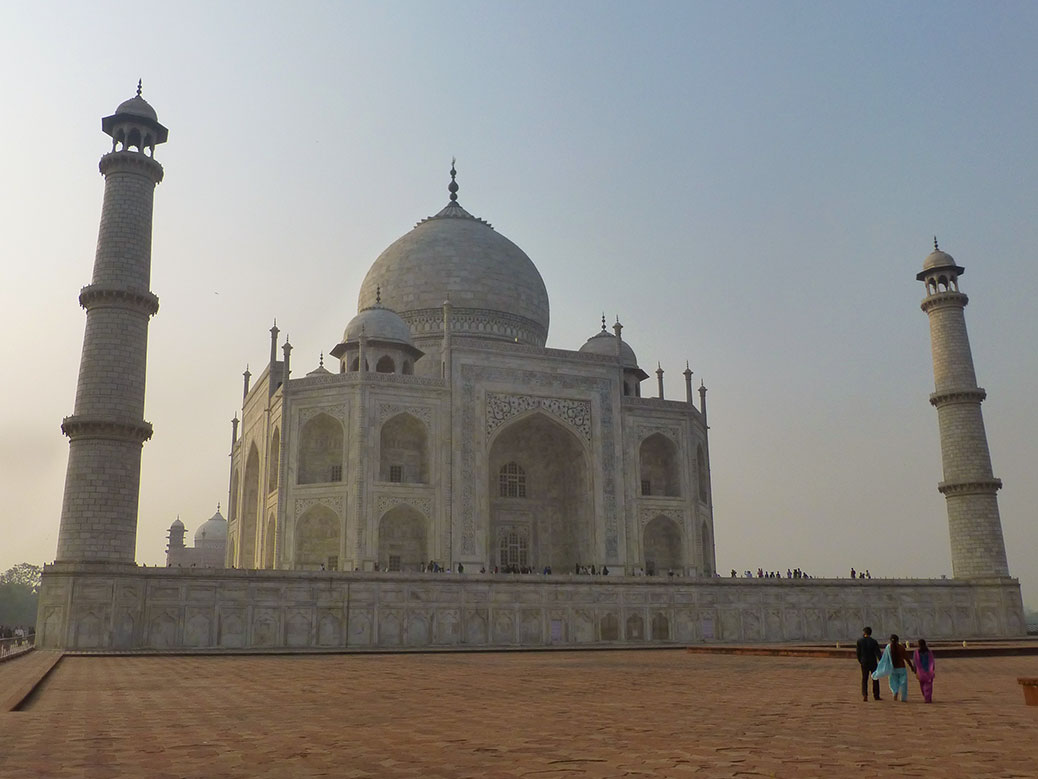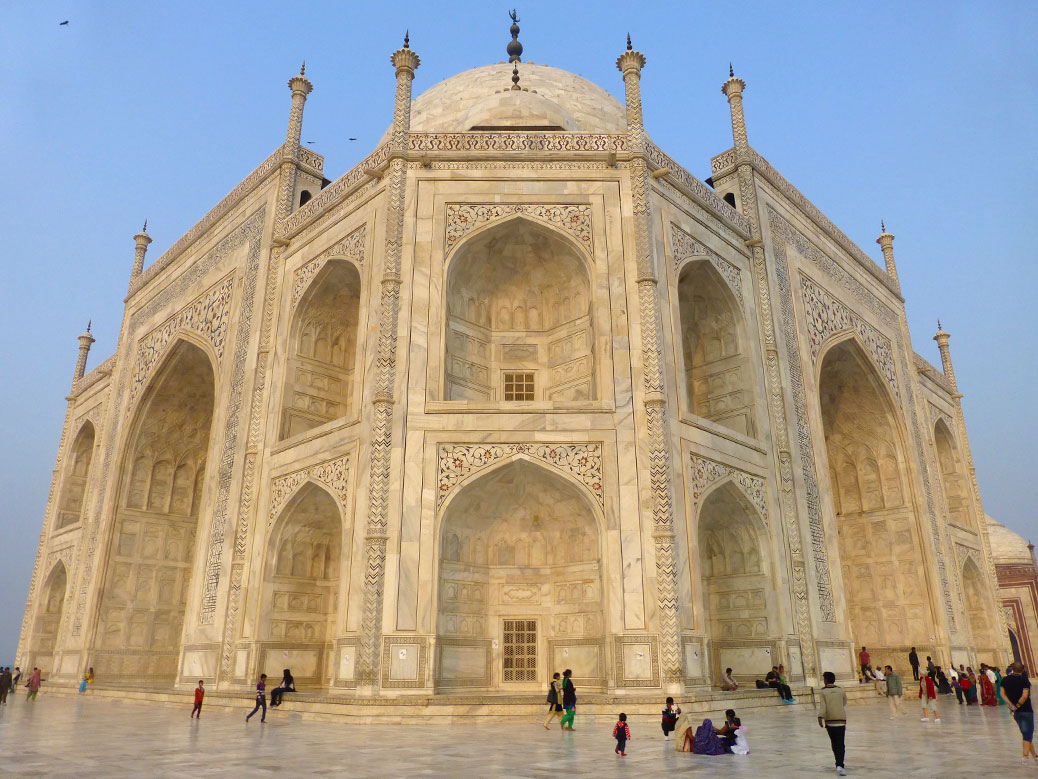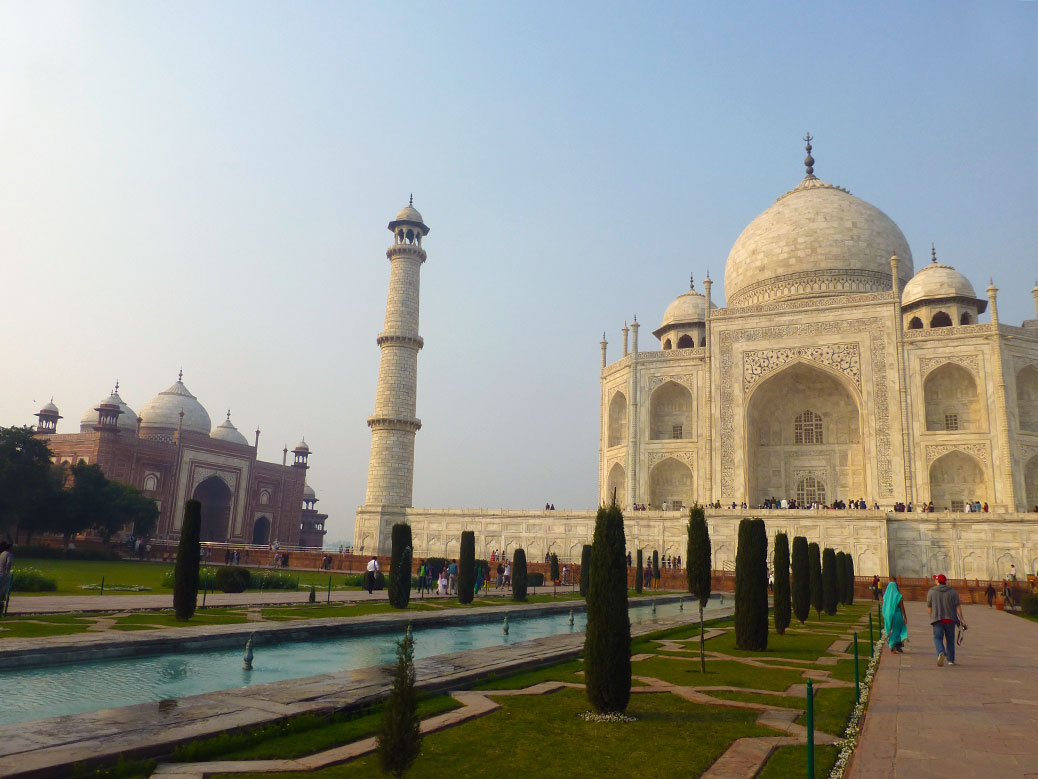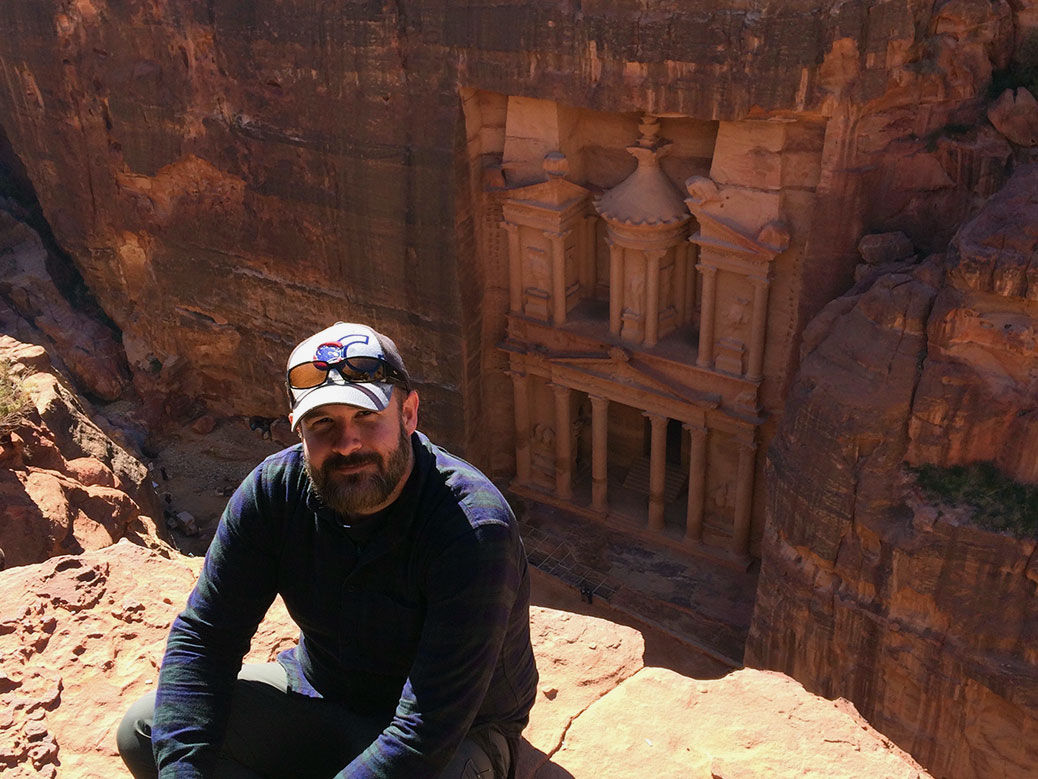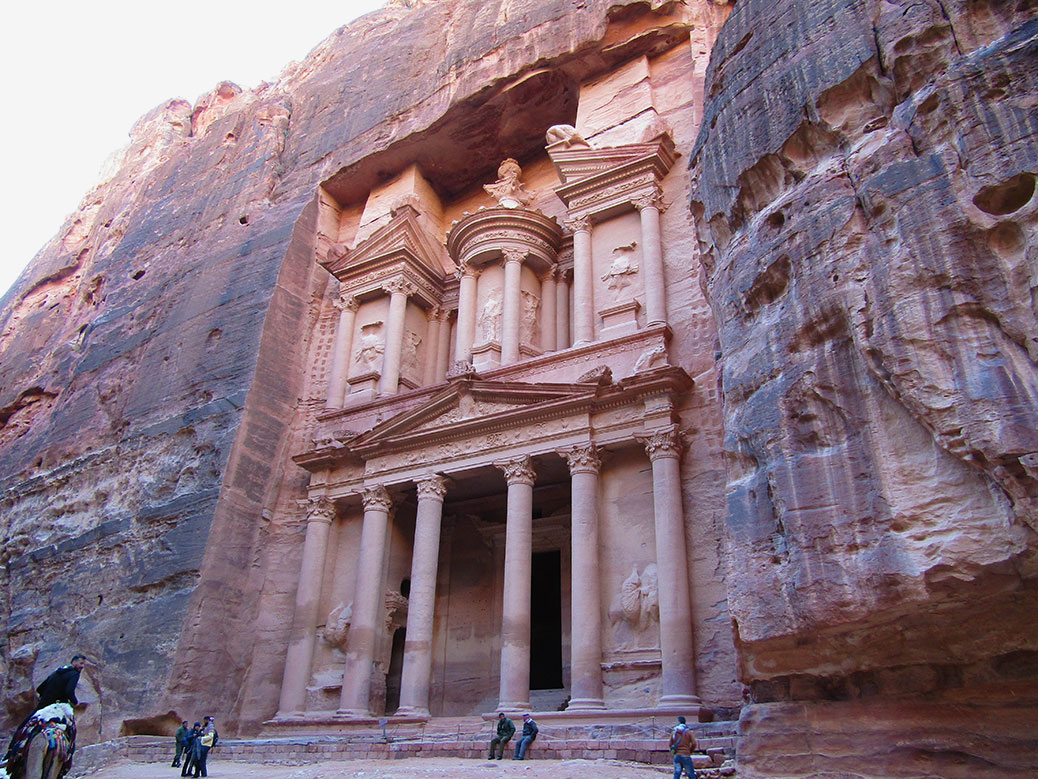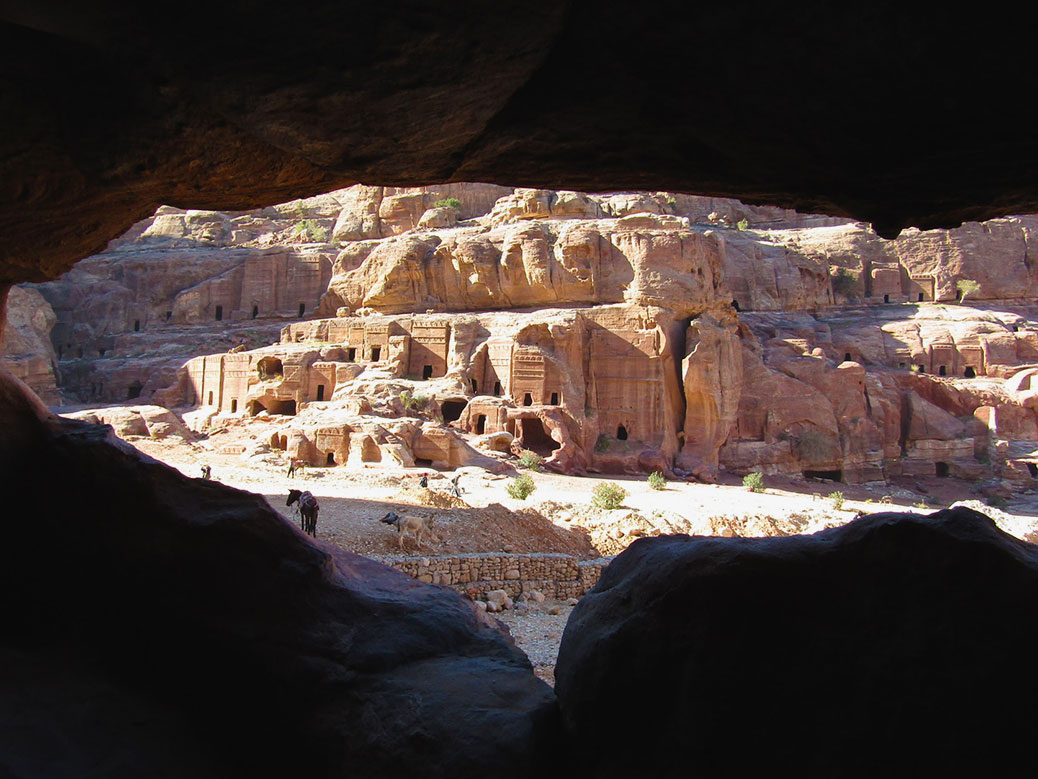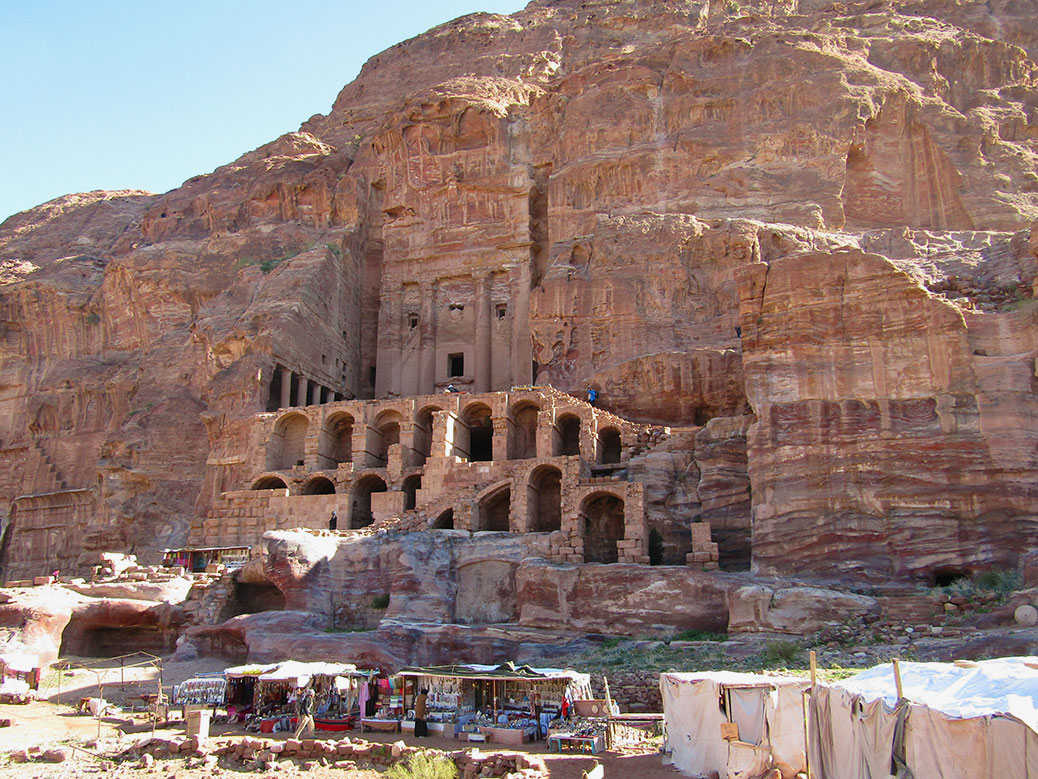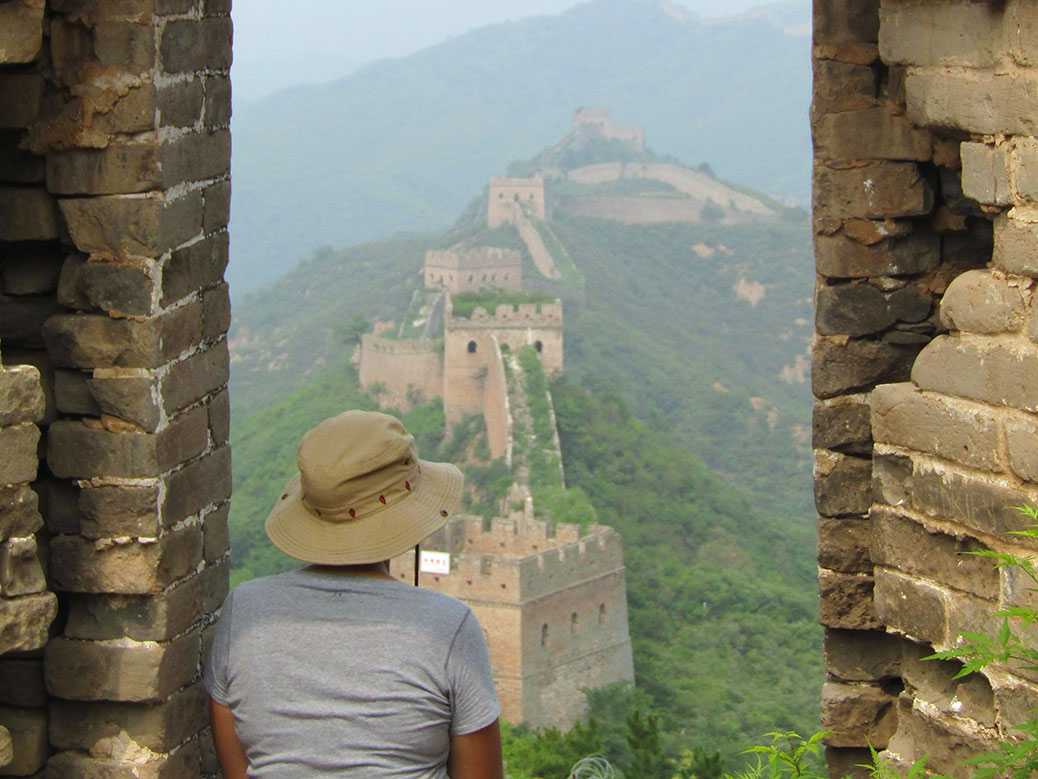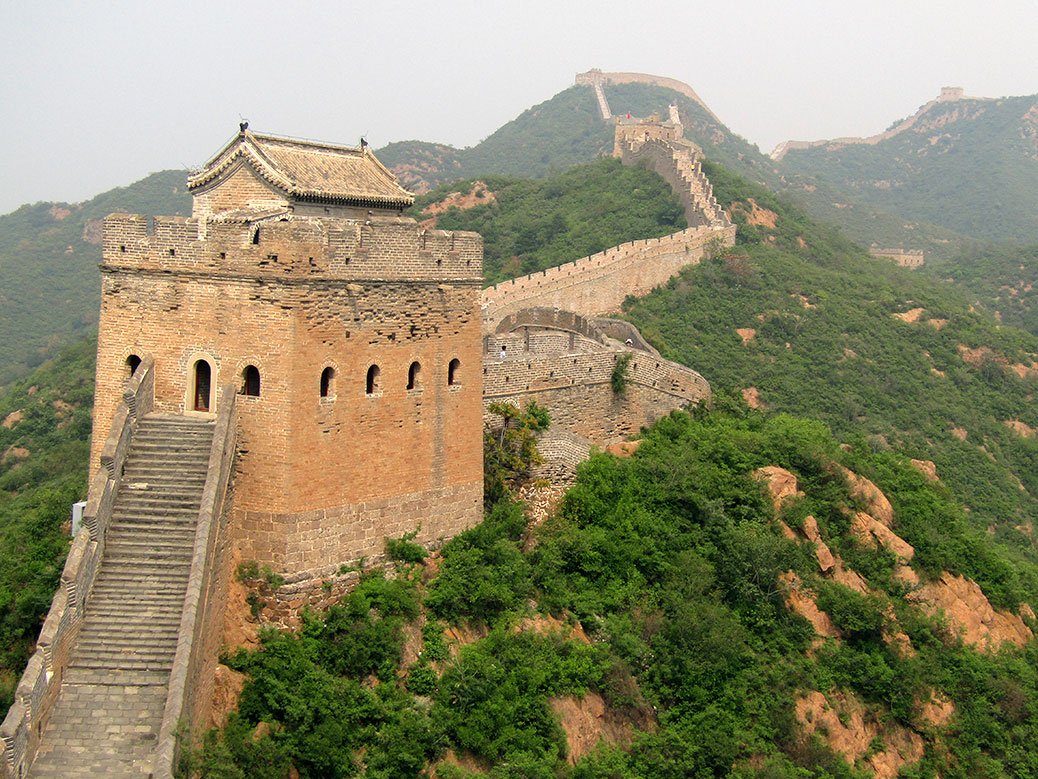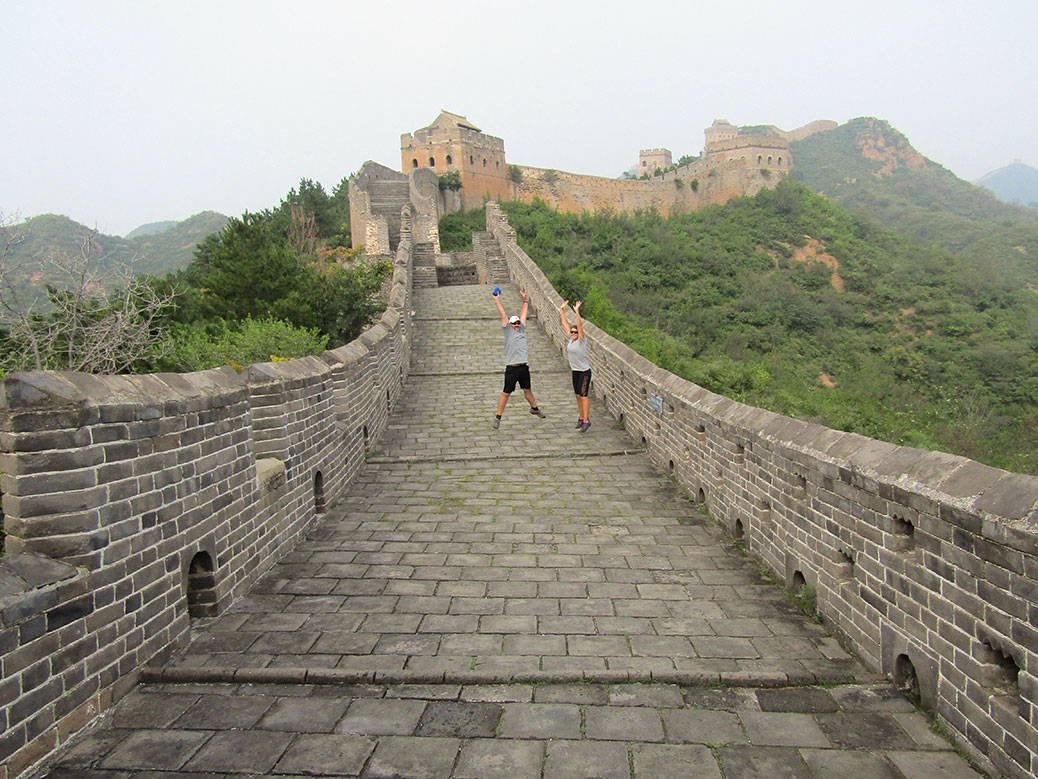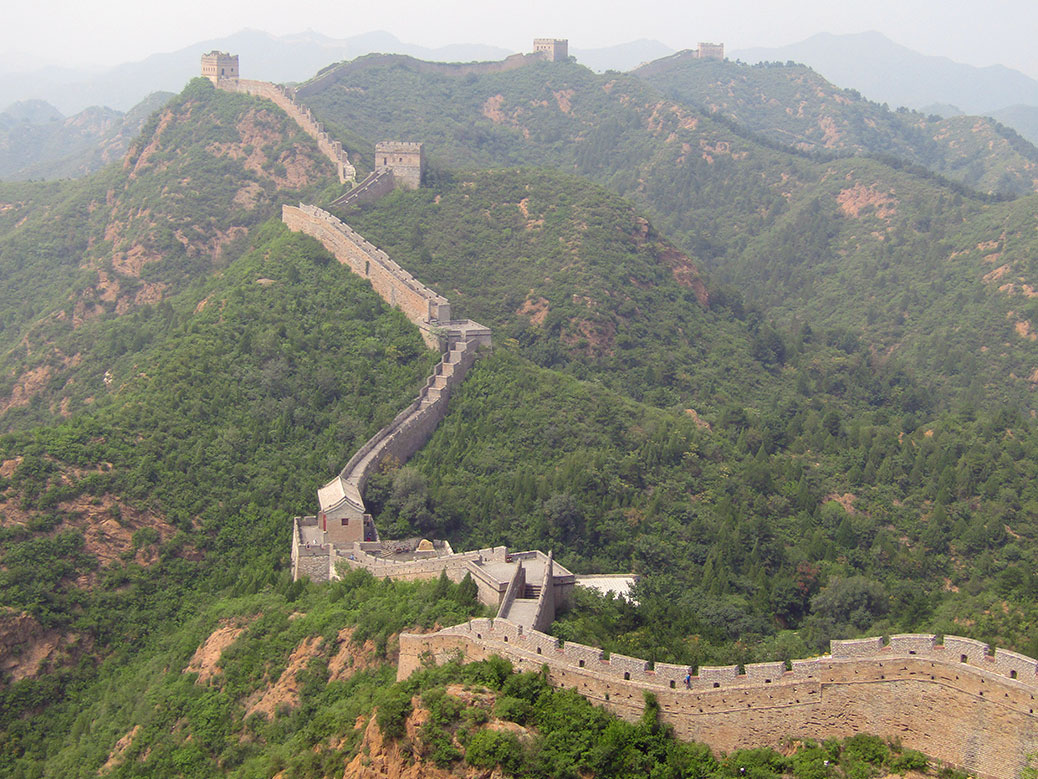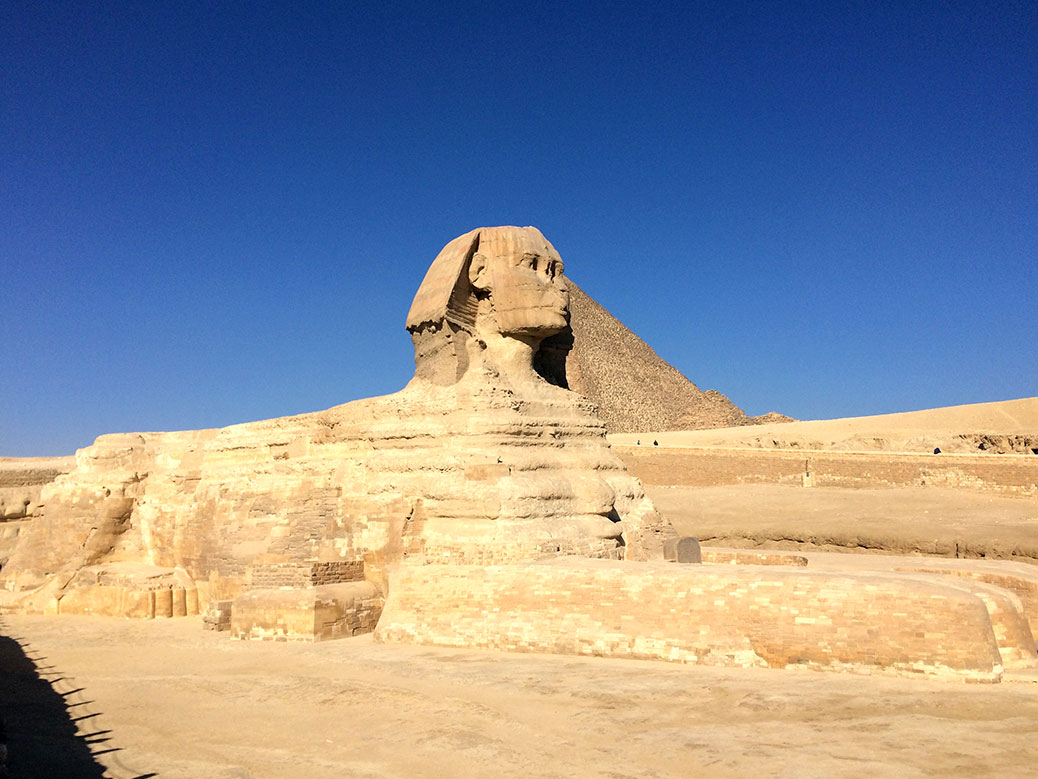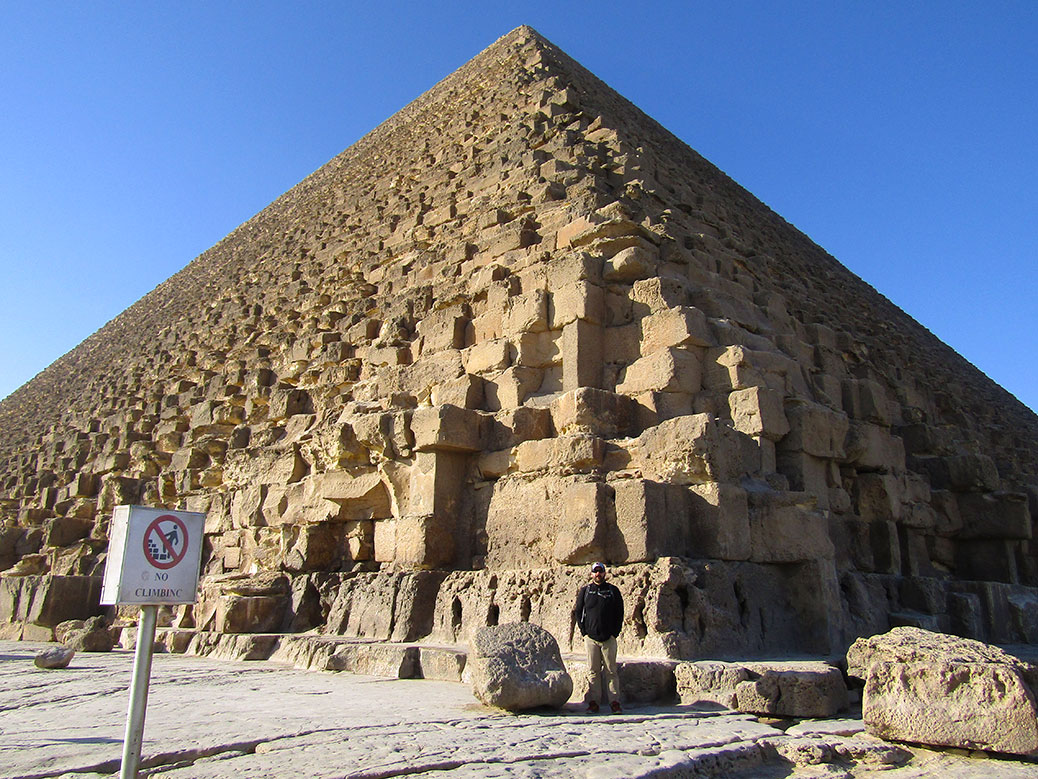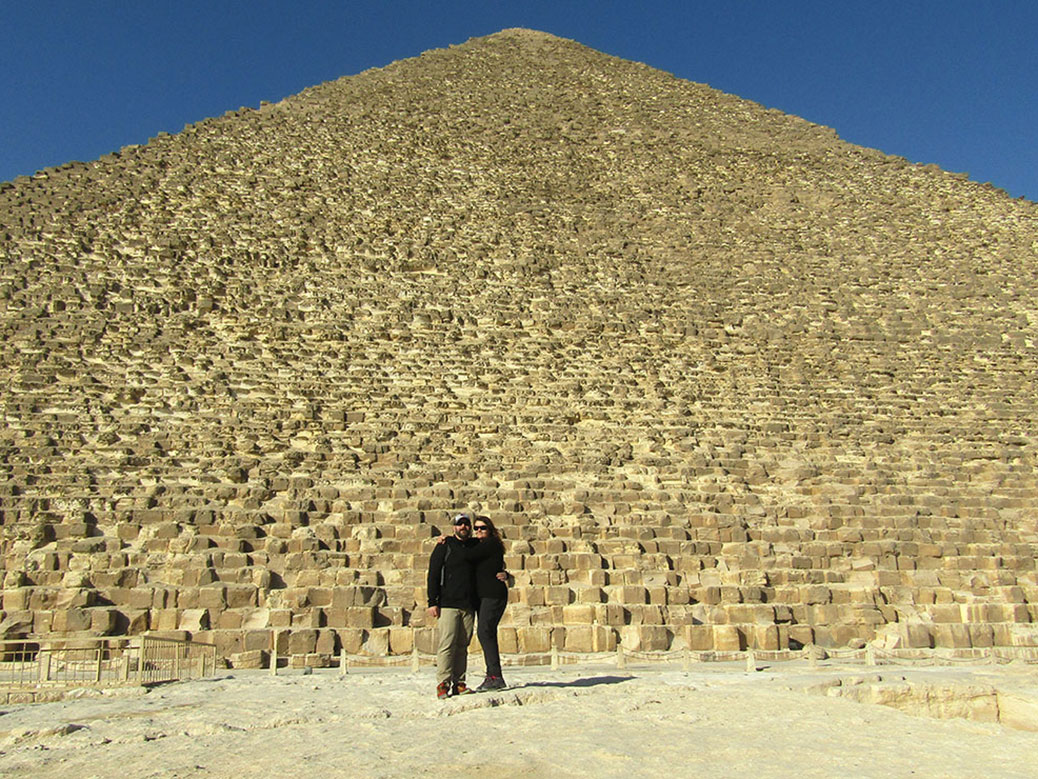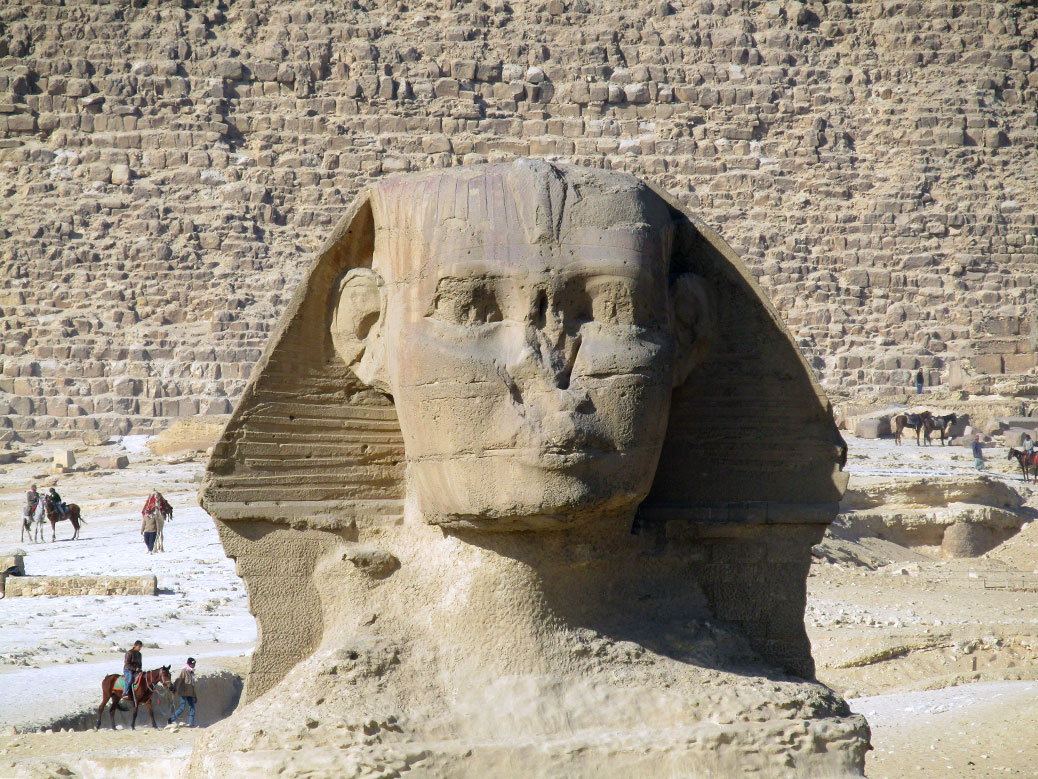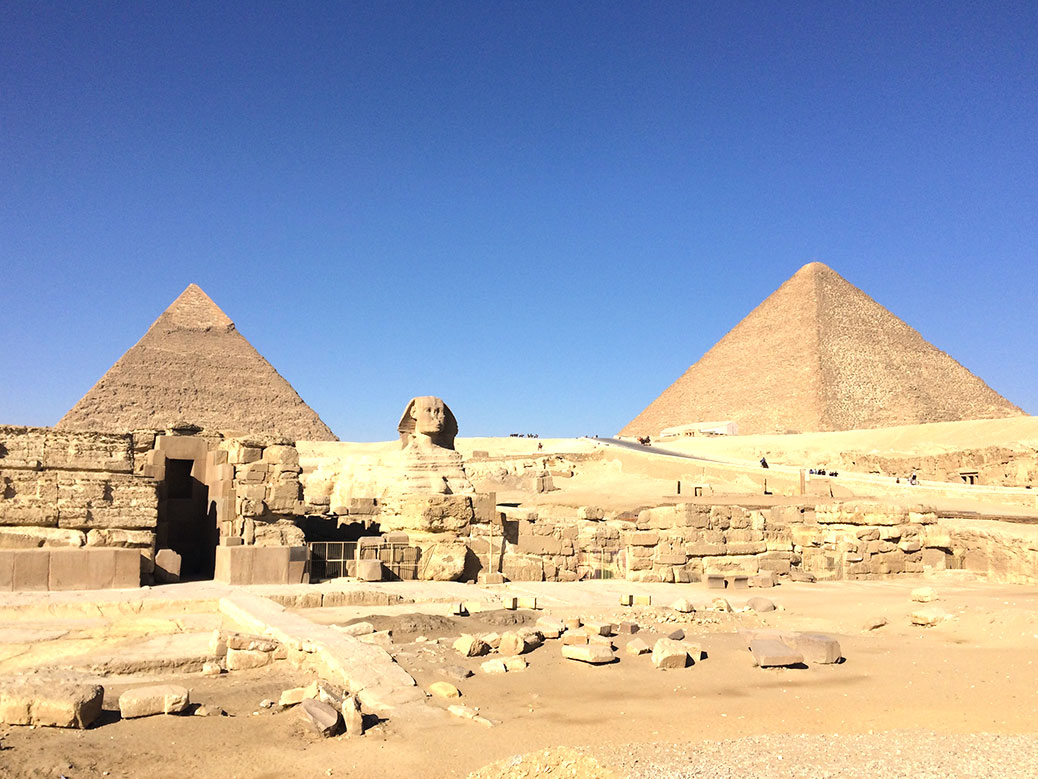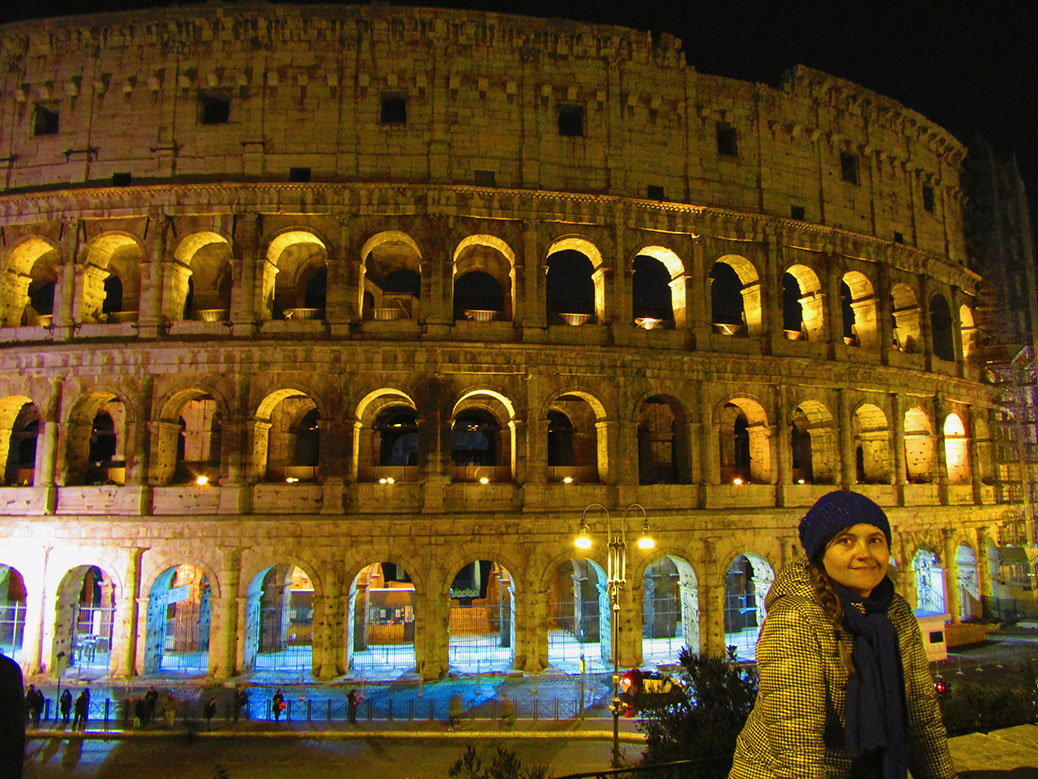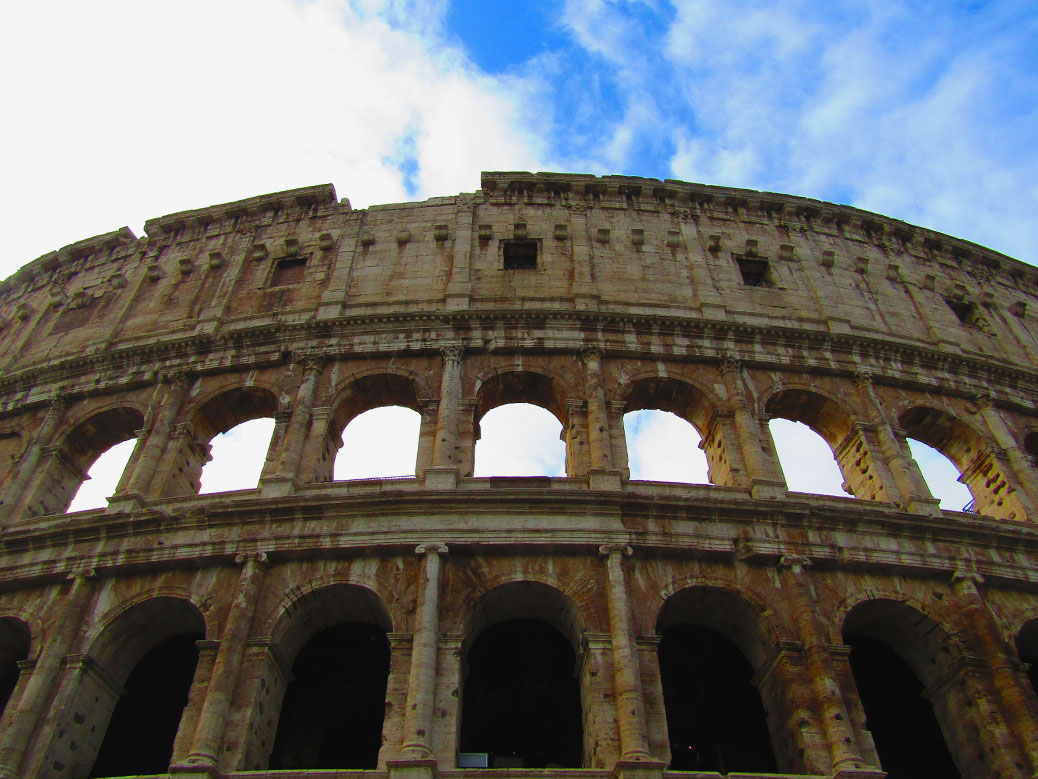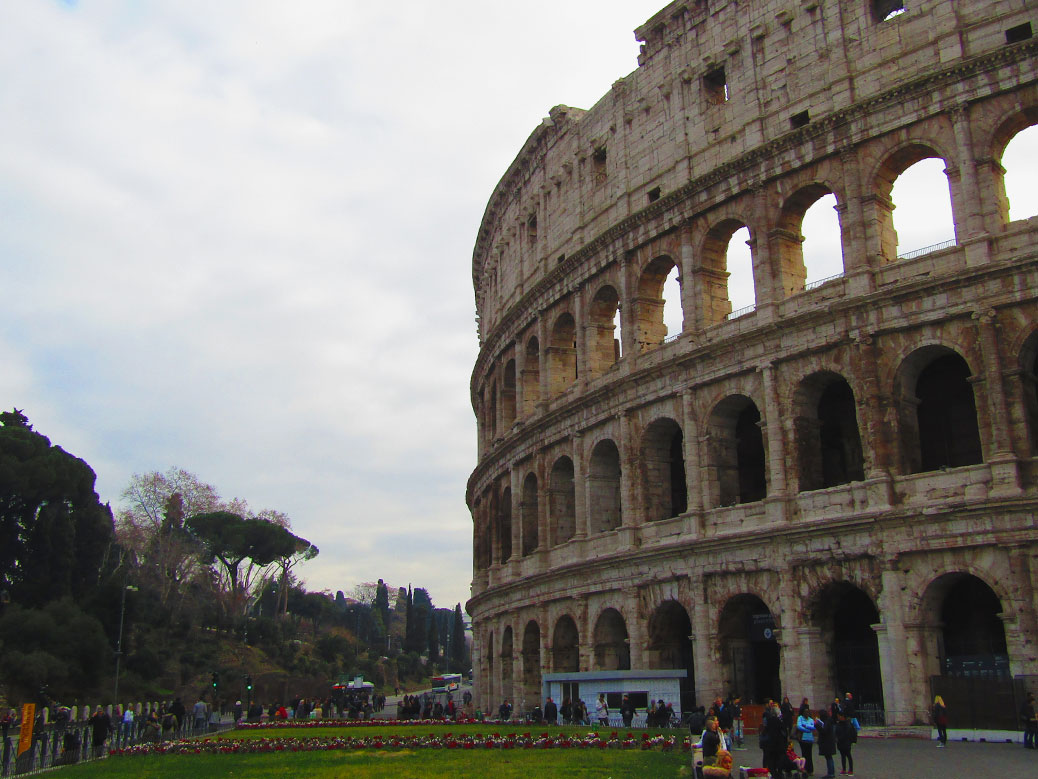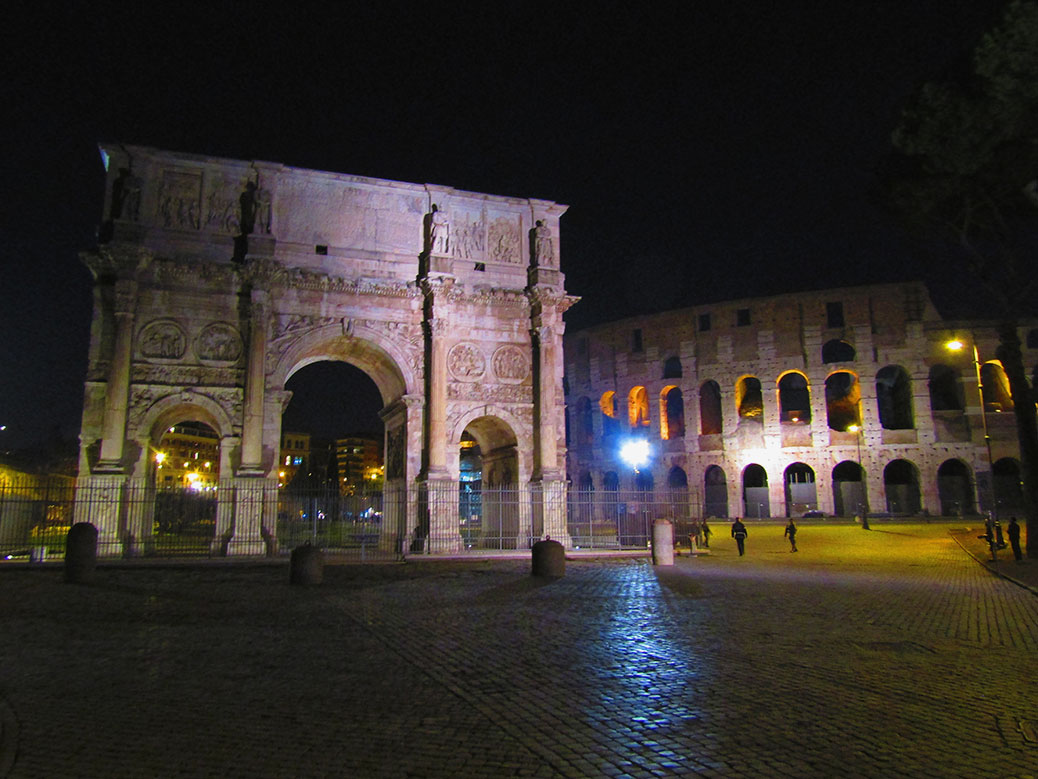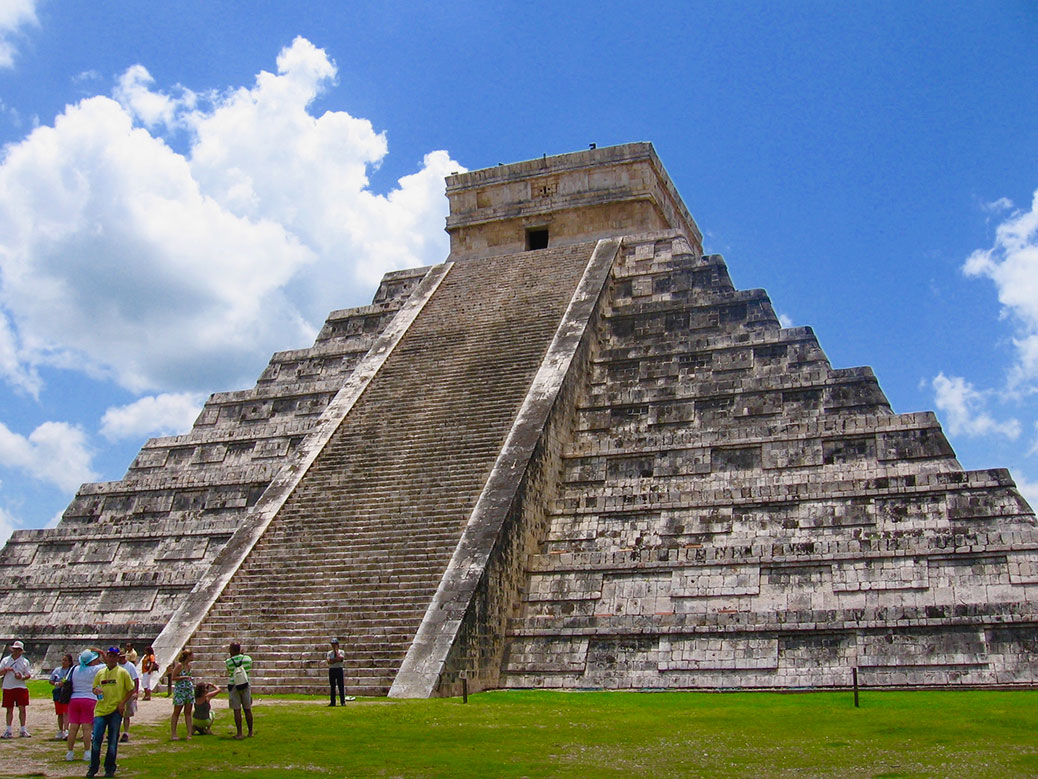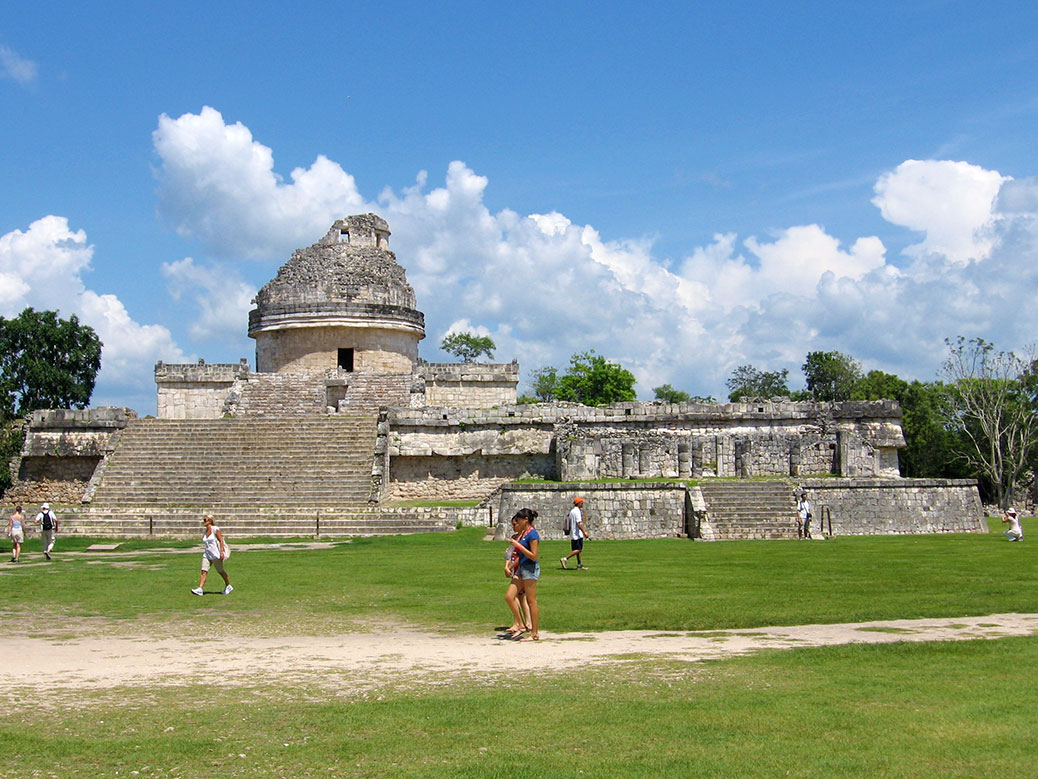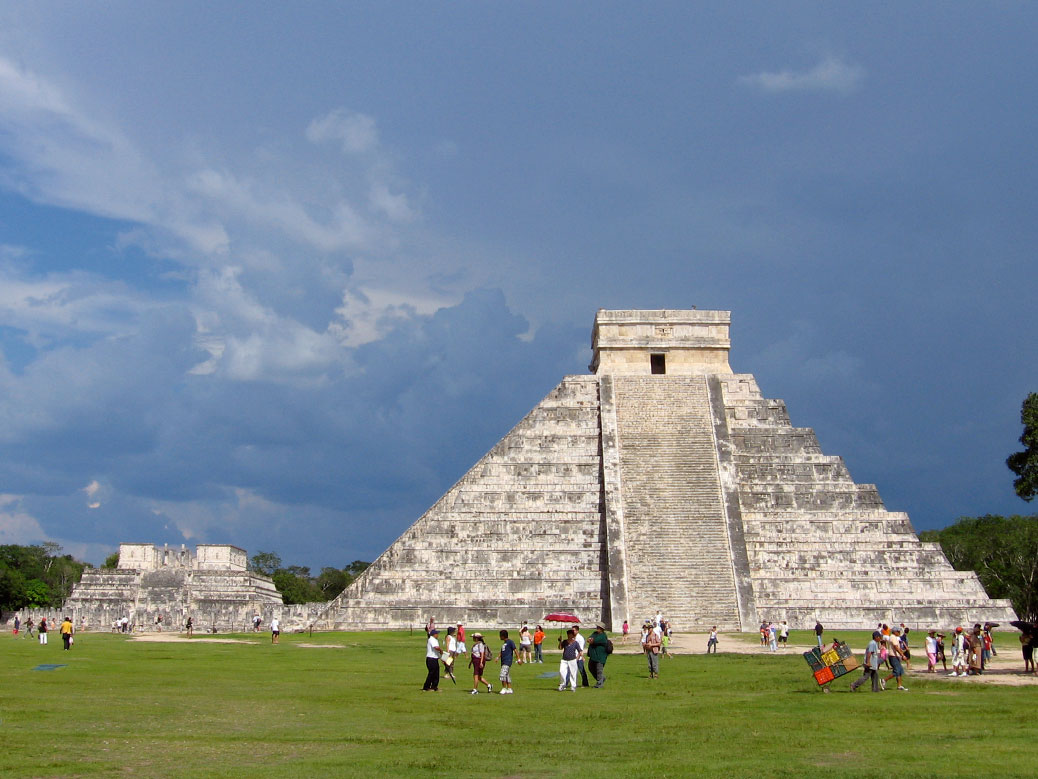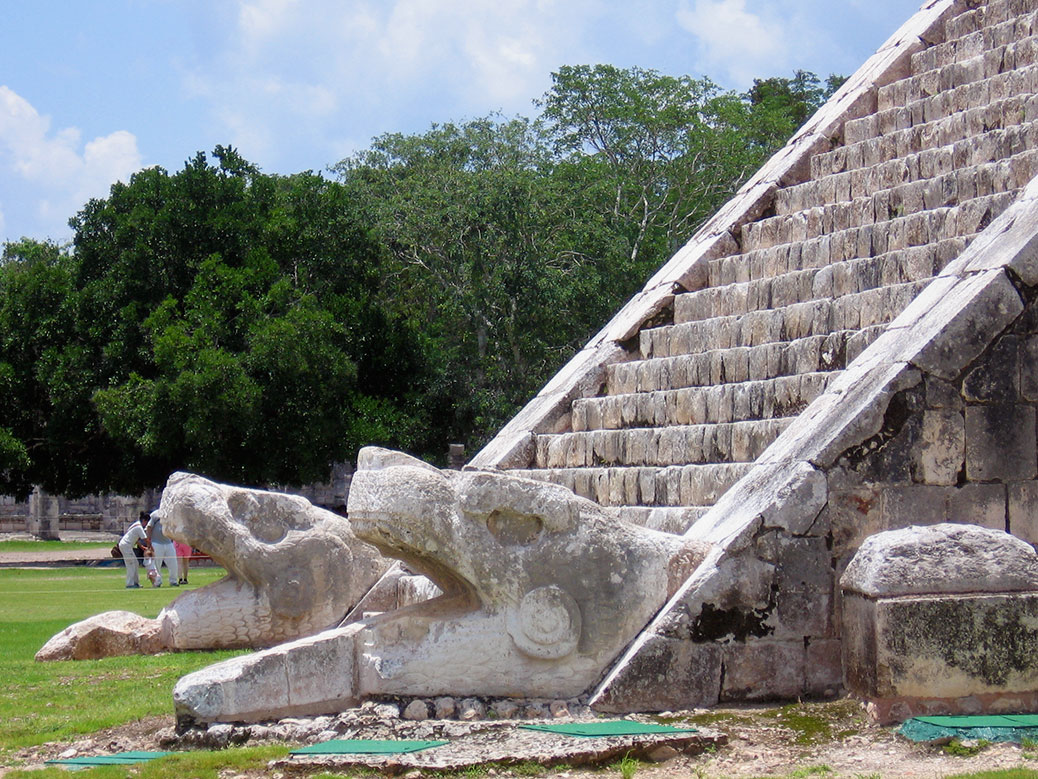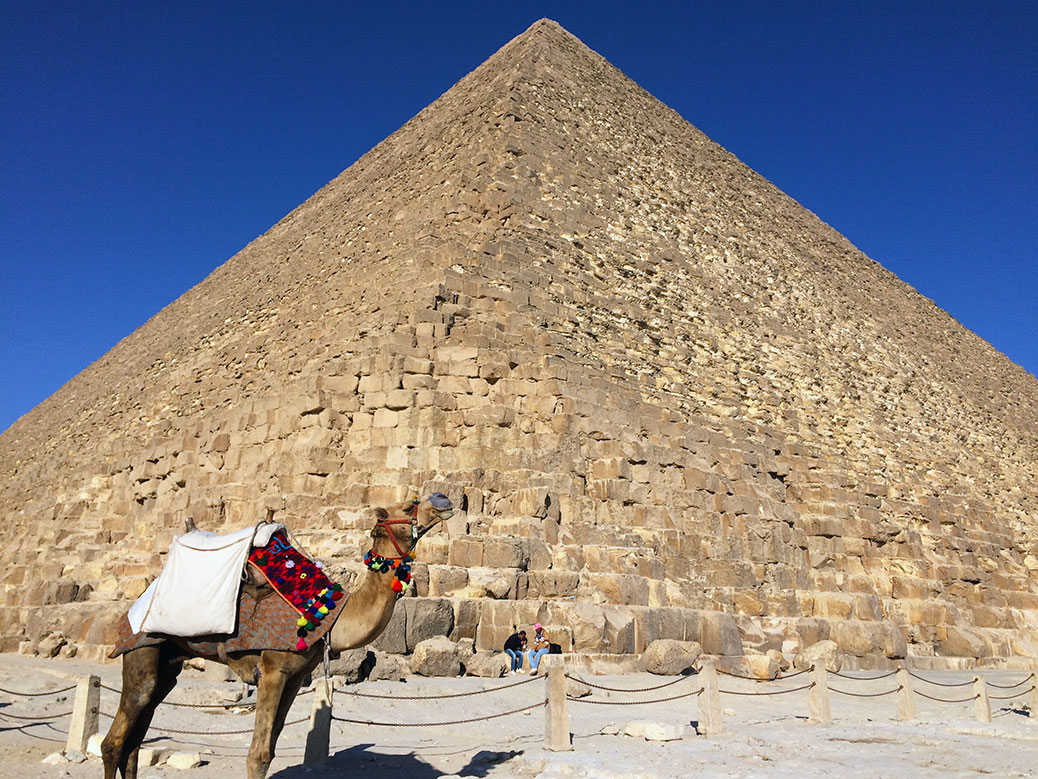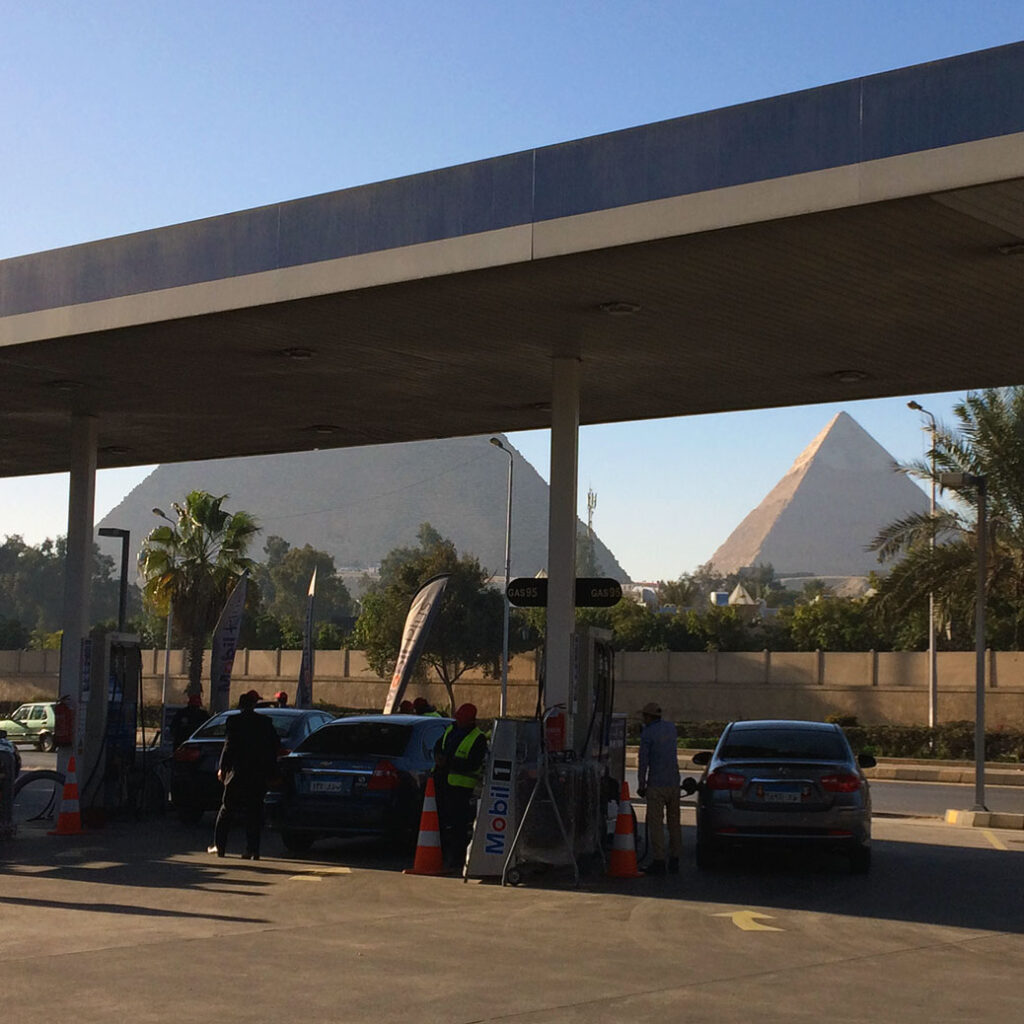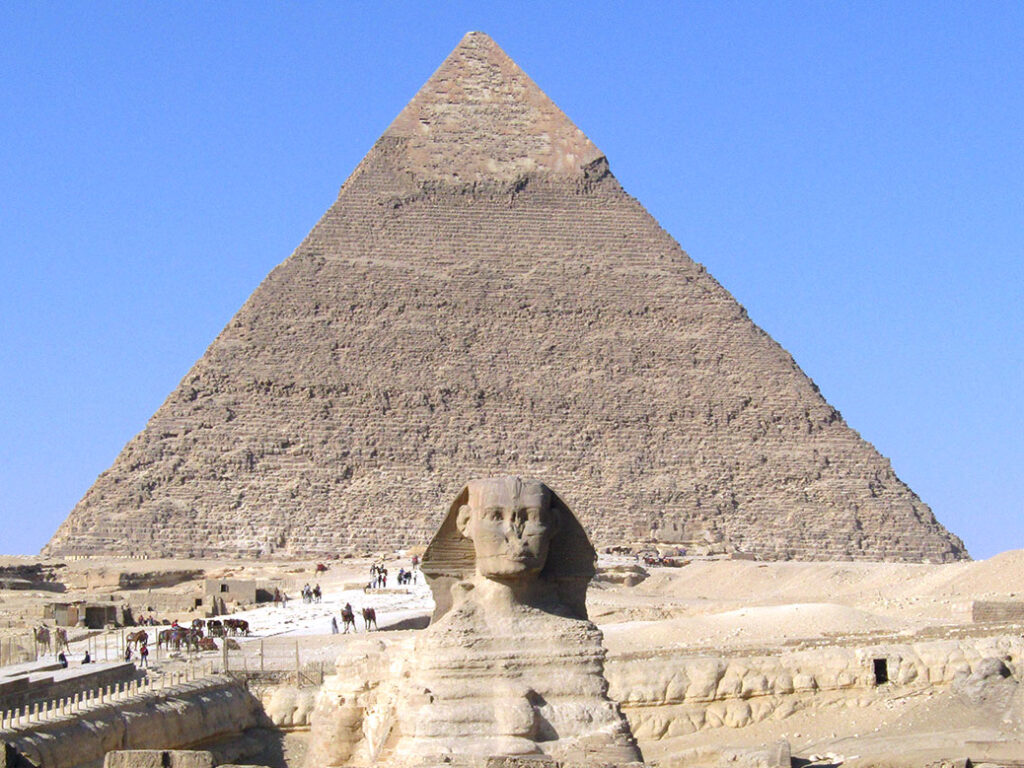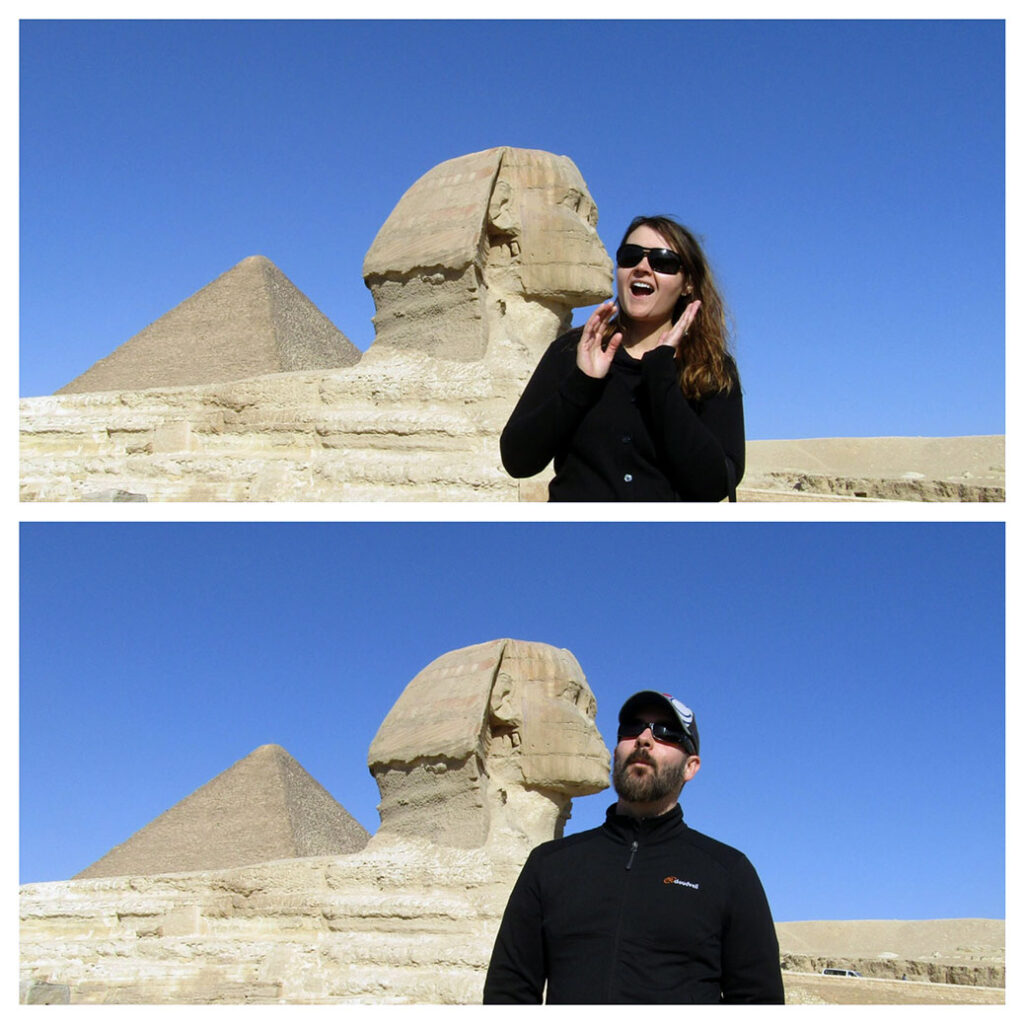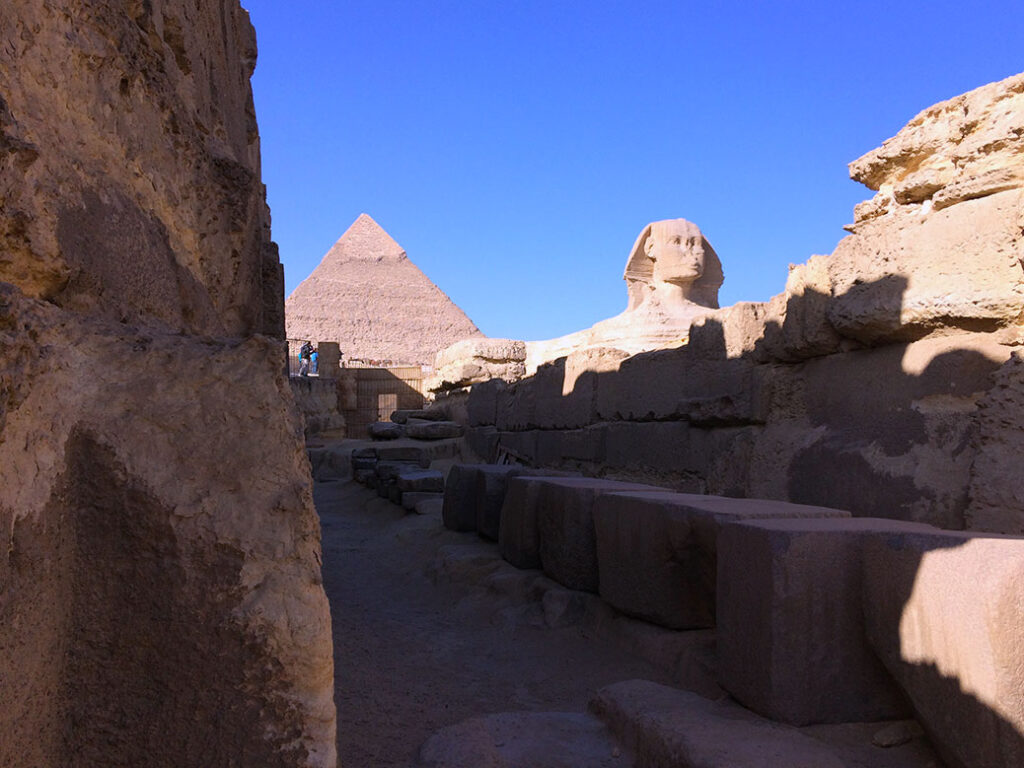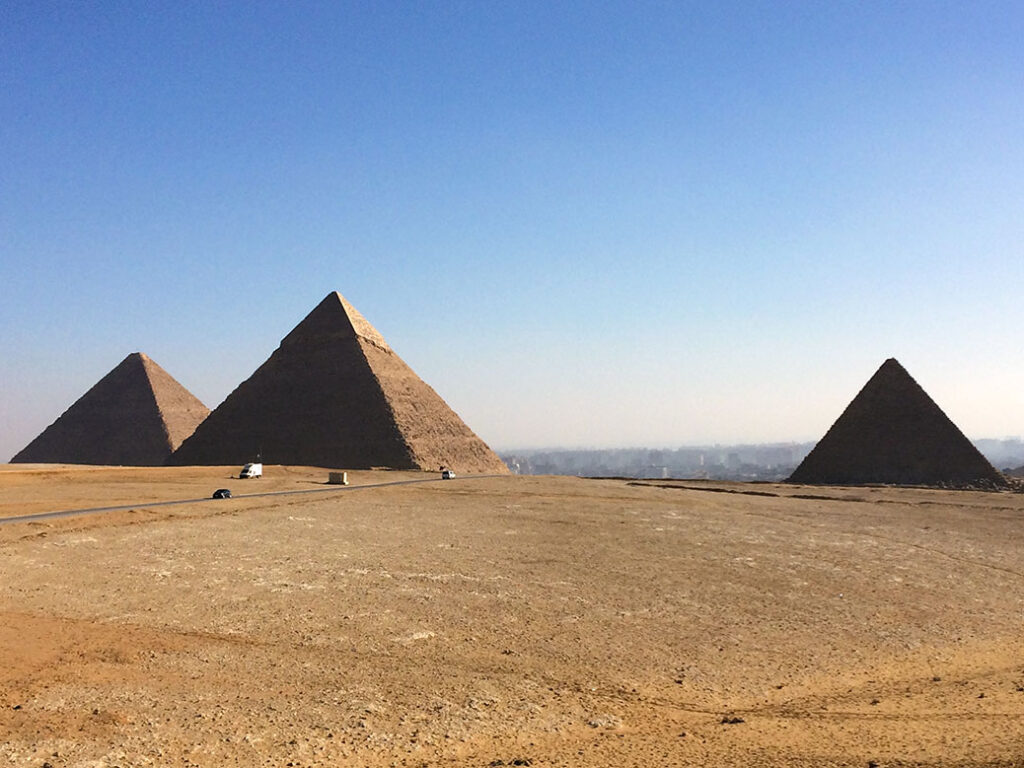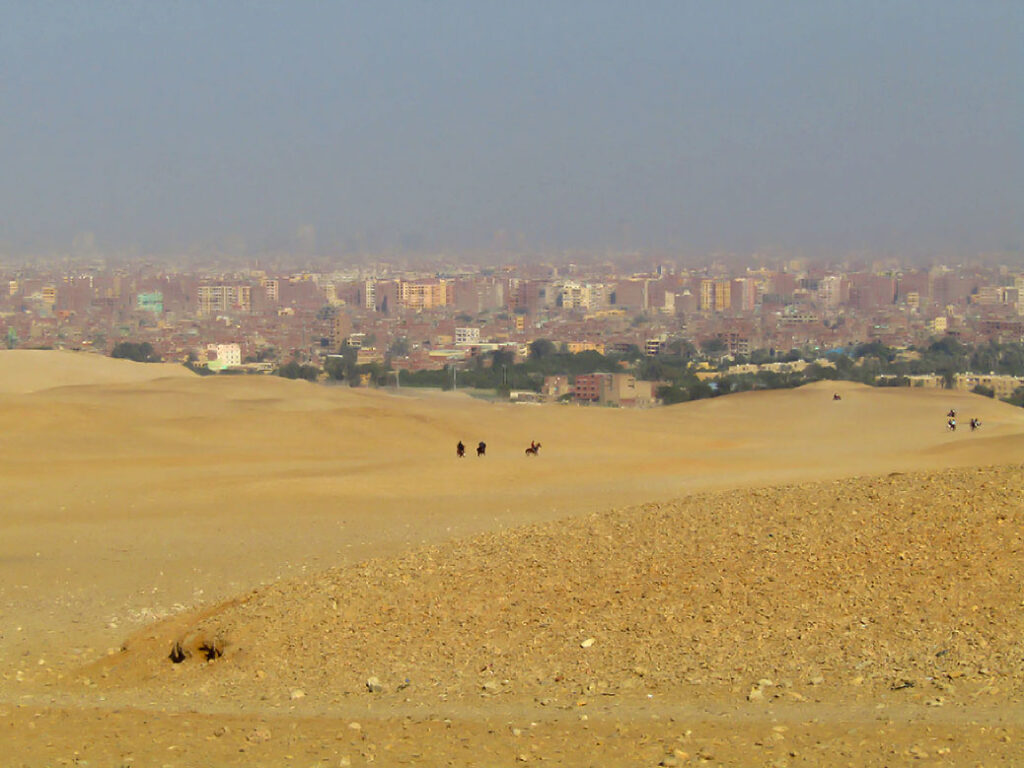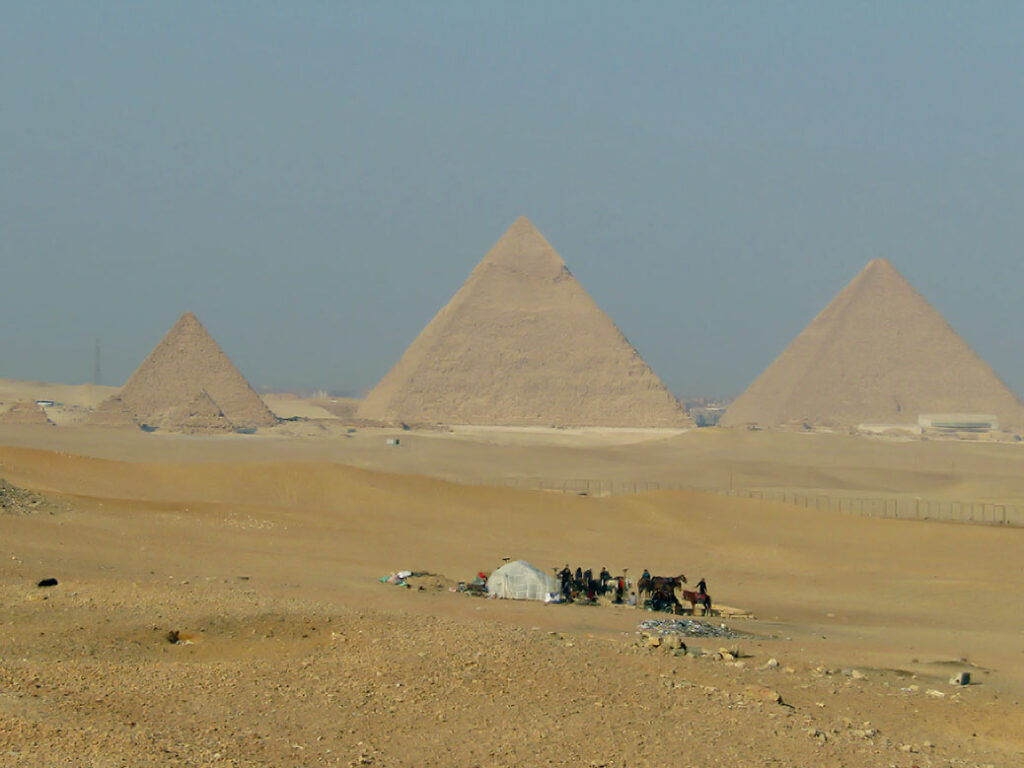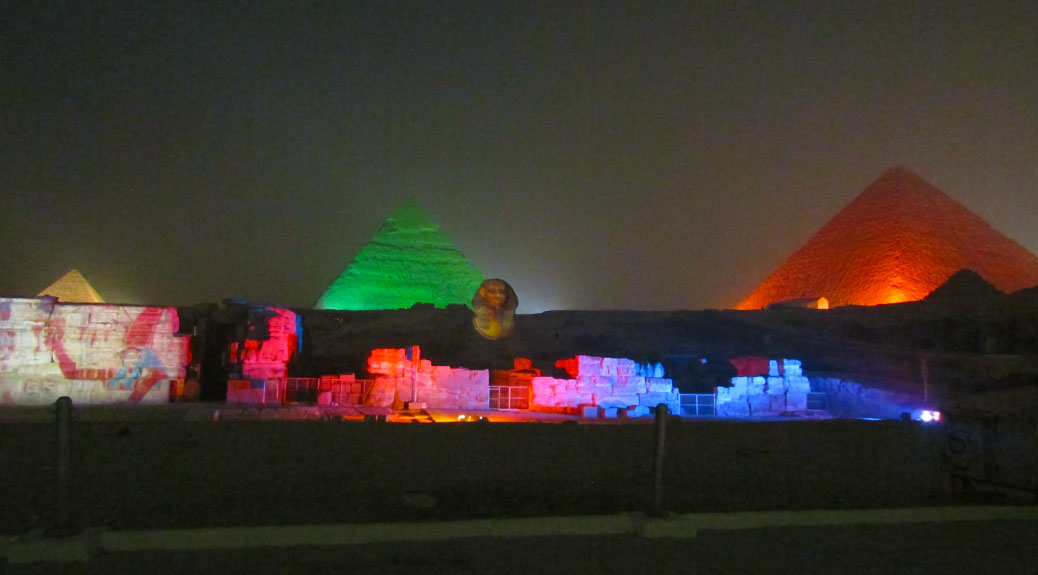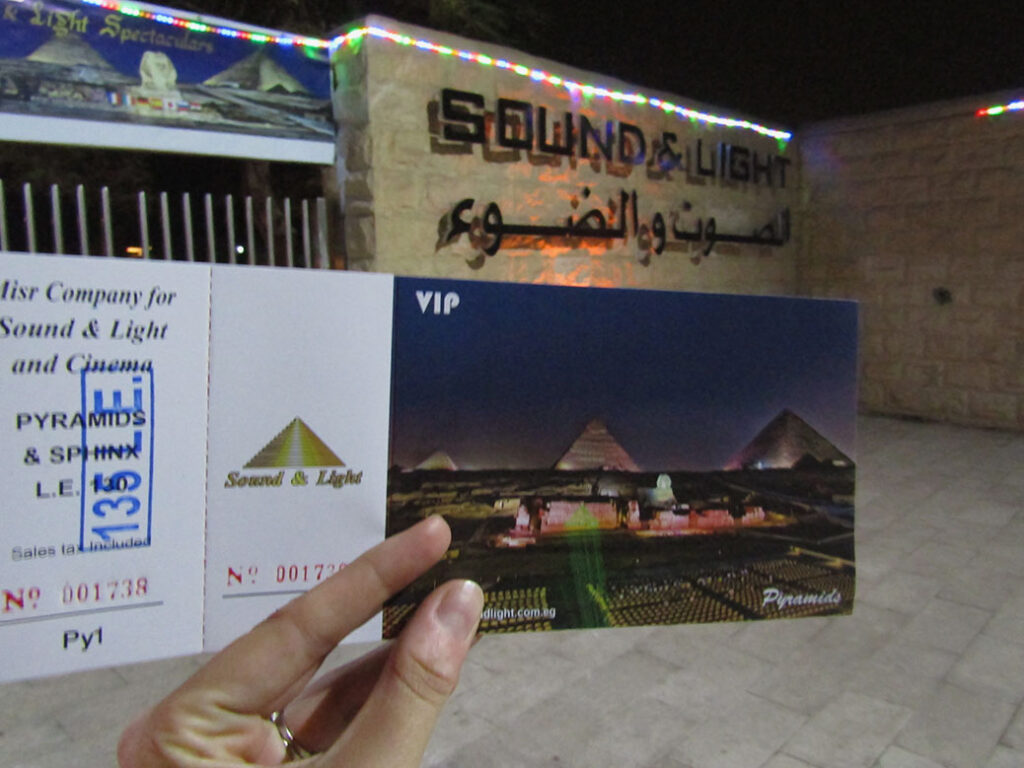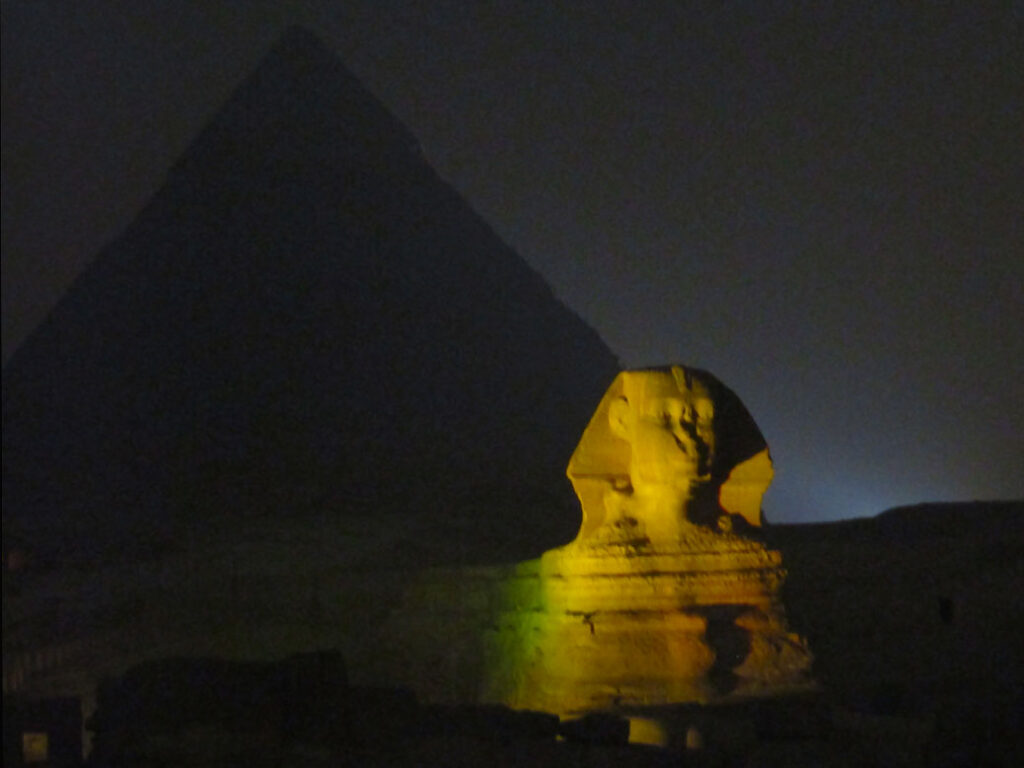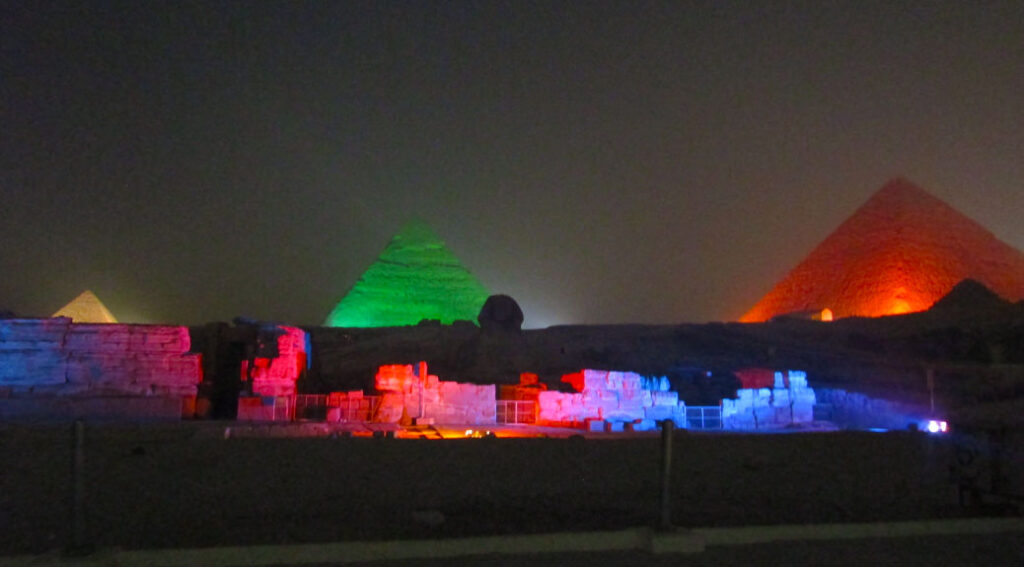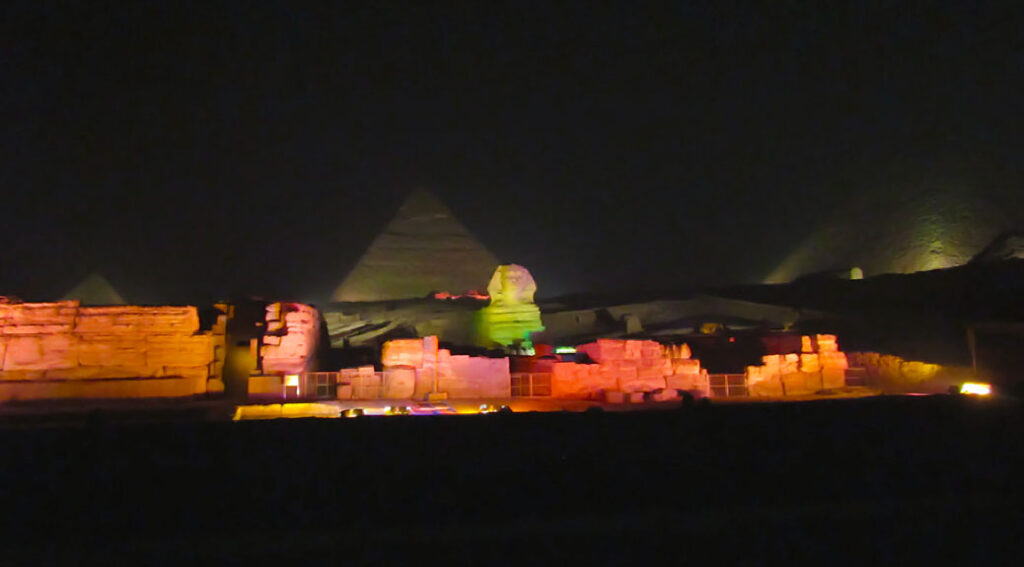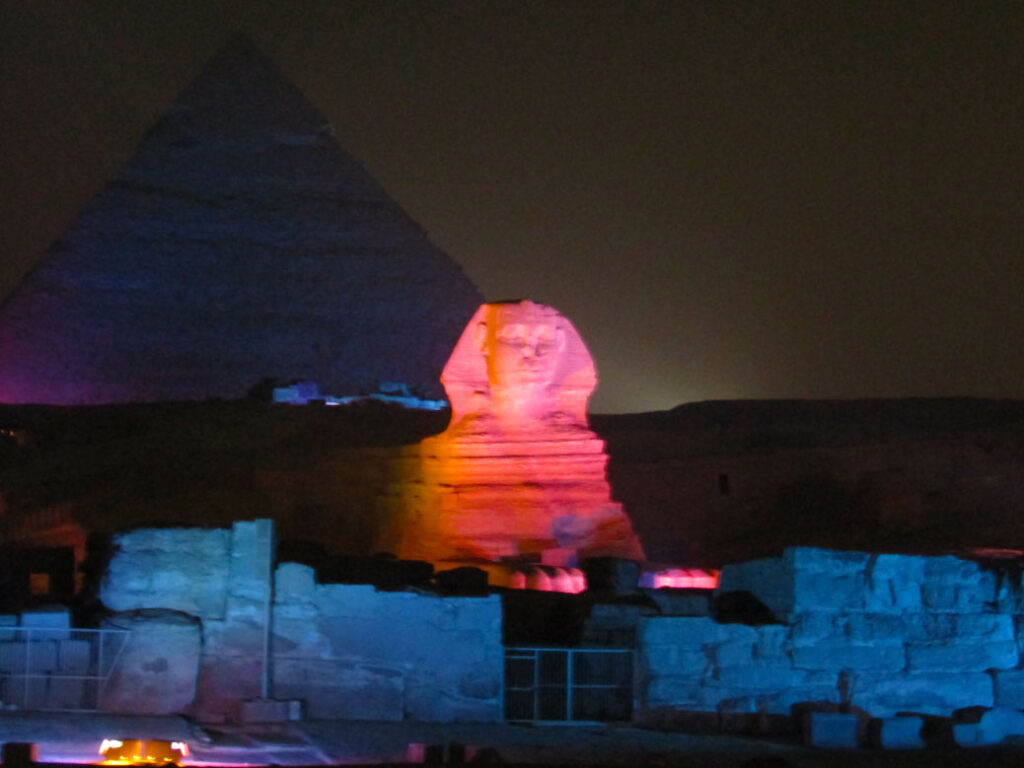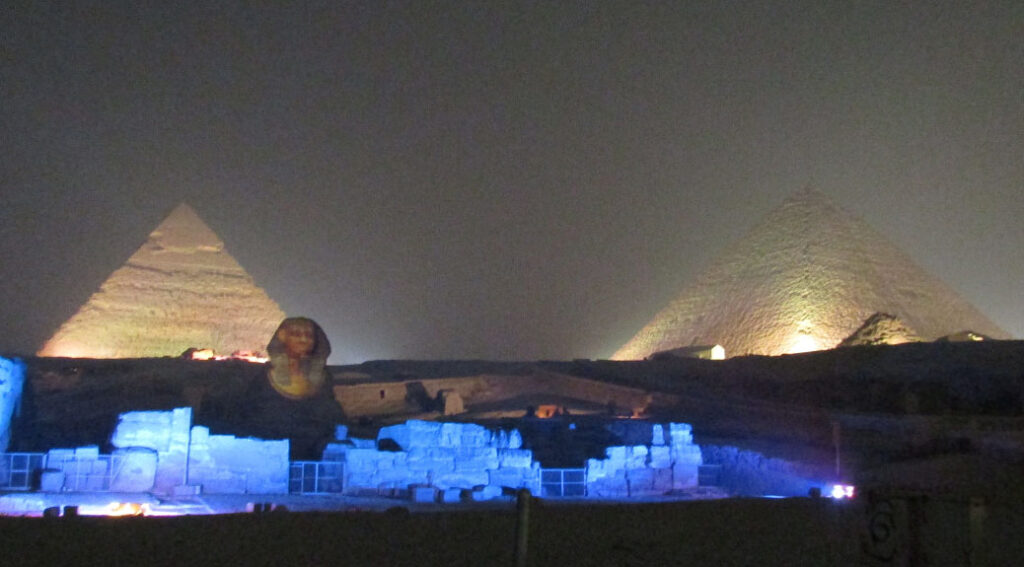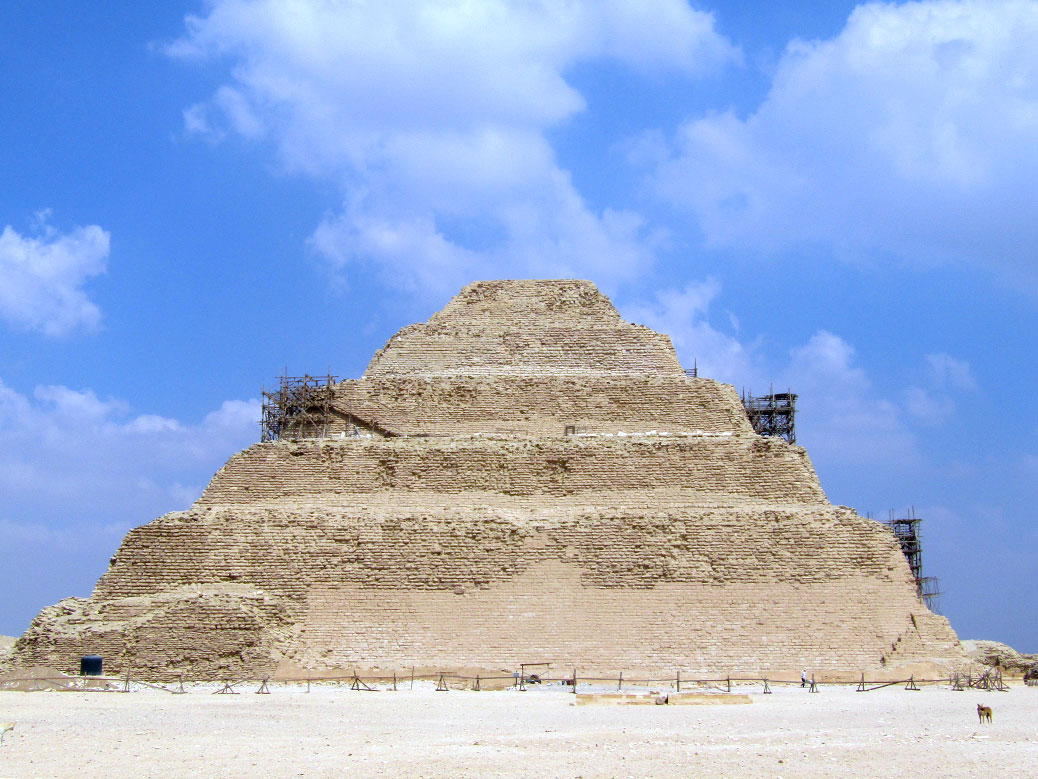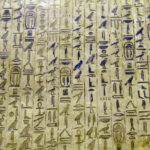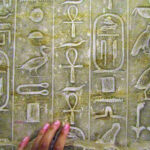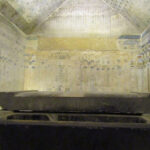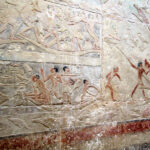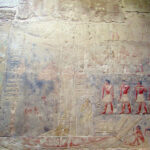Our recent two-week journey was through Cairo, Aswan and Luxor in Egypt as well as Amman, the Red Sea and Petra in Jordan. We realized that we saw two of the New Seven Wonders of the World on this trip, the Great Pyramids of Giza and Petra.
So far, we have seen five of the New7Wonders and six of the eight on the list total. The Great Pyramids have additional, honorary status on the list because they are an original (ancient) world wonder. Highlighted below are the Taj Mahal, Petra, the Great Wall of China, the Great Pyramids of Giza, the Colosseum and Chichen Itza.
The two wonders left on our list are Machu Picchu in Peru and Christ the Redeemer statue in Brazil. South America, here we come!
I admit I didn’t know much about the list of world wonders or really what or where they were. Most of these we stumbled upon in our journeys. In 2000, there was a worldwide voting of what the new seven wonders should be. These seven destinations emerged. There was a total of 20 finalists from all over the world. I’ll link the other finalists we’ve visited at the end of this article.
Do I think the six that we have seen so far should have made the cut? YES! It’s easy to think, ‘There’s a lot of hype. Will this place really be that great?’ All of the destinations are breathtaking, remarkable and worth the crowds and entrance fees and airfare.
Taj Mahal
Agra, India—February 2015
We visited the Taj Mahal in Agra, India on our six-week trip through India, Nepal and Thailand. It’s undoubtedly MY favorite world wonder. The first glimpse of the Taj made my heart drop. Taj day was the best day in India. Although we were surrounded by many Indian and some foreign travelers, we didn’t feel rushed or crowded.
We took our time wandering the grounds and watching the sun set on one of the benches. We even met another couple from Portland, Oregon on the bench next to us! As the sun set, the site was near empty and we were one of the last to leave that evening.
Petra
Petra, Jordan—January 2017
We added Jordan to our itinerary for Robert’s visit to Egypt. I was also interested in Istanbul, Turkey or Marrakesh, Morocco, but I think we made the right choice and those are still on my list! Petra is an incredible complex of tombs and temples carved from rose-colored sandstone. The town where Petra is located is named Wadi Musa, or the Valley of Moses.
The Treasury is the famous image from Petra and was featured in “Indiana Jones and the Last Crusade.” We climbed a facing mountain for a fantastic view of the Treasury from above. There was a small cave where we stopped to rest and drink a Coke. The day’s step count was more than 26,000! We had very sore feet the next day, but it was worth it.
Great Wall of China
Jinshanling, China—August 2015
We saw the Great Wall on a six-week trip to Taiwan, China, Hong Kong and Vietnam. Similar to the Taj Mahal, the day at the Great Wall was my favorite day in China. Though Robert might argue that the Terra Cotta soldiers day was the best.
To me, the experience at the Great Wall was similar to Petra, because it was physically taxing. We walked up, down and around crumbling parts of the wall with little shelter from direct sun or humidity. And climbing without any supports or handholds also challenged my fear of heights. But, again (are you sensing a theme here?) it was worth it. The Tsingtao beer I had afterward was one of the most memorable beers I’ve ever had.
Great Pyramids of Giza
Giza, Egypt—December 2016
Although I’d been living in Cairo since August and had caught glimpses of the Pyramids from my school and the highway, I was glad I waited to enter the actual pyramid complex and see them close up until Robert’s visit. It was such a special experience that we can now share (see Robert’s blog post). Independent travel definitely has its merits, but I learned from my solo time in Egypt that travel is best with the one you love. We saw the Pyramids early in the morning with few crowds.
It’s unfortunate that the political landscape has affected tourism in Egypt and surrounding countries. Another Oregonian couple we met during our trip to Aswan and Luxor told us that their itinerary consisted of Morocco, Egypt and Paris. Of those three, their family was most concerned with Paris! Although we laughed about it, we totally agree! The atmosphere when we were in Paris in 2016 and surrounding areas like Brussels weeks before its airport bombing was more tense than any other travel we’ve done. But that doesn’t stop people from going to Europe and it shouldn’t deter people from traveling throughout Morocco, Egypt, Jordan, etc.
Colosseum
Rome, Italy—February 2016
Speaking of our trip through Europe, I could wax poetic about Rome, Italy all day. We started the weeks long trip in Rome and we came back to Rome at the end of it as well. Our first day, we made sure our explorations on foot included the Colosseum. It was dark by the time we got there, but it added to the sense of wonder. What I love most about Rome is that, while it is now a very modern city, it is very easy to imagine how it could have appeared during ancient days (see Day 4 Ancient Rome). All of the wonders, including this amphitheater, have incredible stories locked forever in their foundations.
Chichen Itza
Yucatan, Mexico—July 2008
Chichen Itza was our first world wonder and one of our first trips abroad together after we married in 2007. Mexico is our first travel love; we’ve traveled thrice together and once solo. One of the trips, we flew into Cancun and stayed in Puerto Morelos, a small town. We are not Cancun people! We took the bus to Chichen Itza and wandered the grounds on a hot, humid Mexican day. I think I would like to go back and take a more detailed tour with a guide.
The Best of the Rest
Here are some of the other finalists for the title of best wonder of the world. Have you been to any of them?
- Acropolis of Athens (Athens, Greece)
- Alhambra (Granada, Spain)
- Angkor Wat (Angkor, Cambodia)
- Eiffel Tower (Paris, France)
- Hagia Sophia (İstanbul, Turkey)
- Kiyomizu-dera (Kyoto, Japan)
- Moai (Easter Island, Chile)
- Neuschwanstein Castle (Füssen, Germany)
- Red Square (Moscow, Russia)
- Statue of Liberty (New York City, United States)
- Stonehenge (Amesbury, United Kingdom)
- Sydney Opera House (Sydney, Australia)
- Timbuktu (Timbuktu, Mali)

